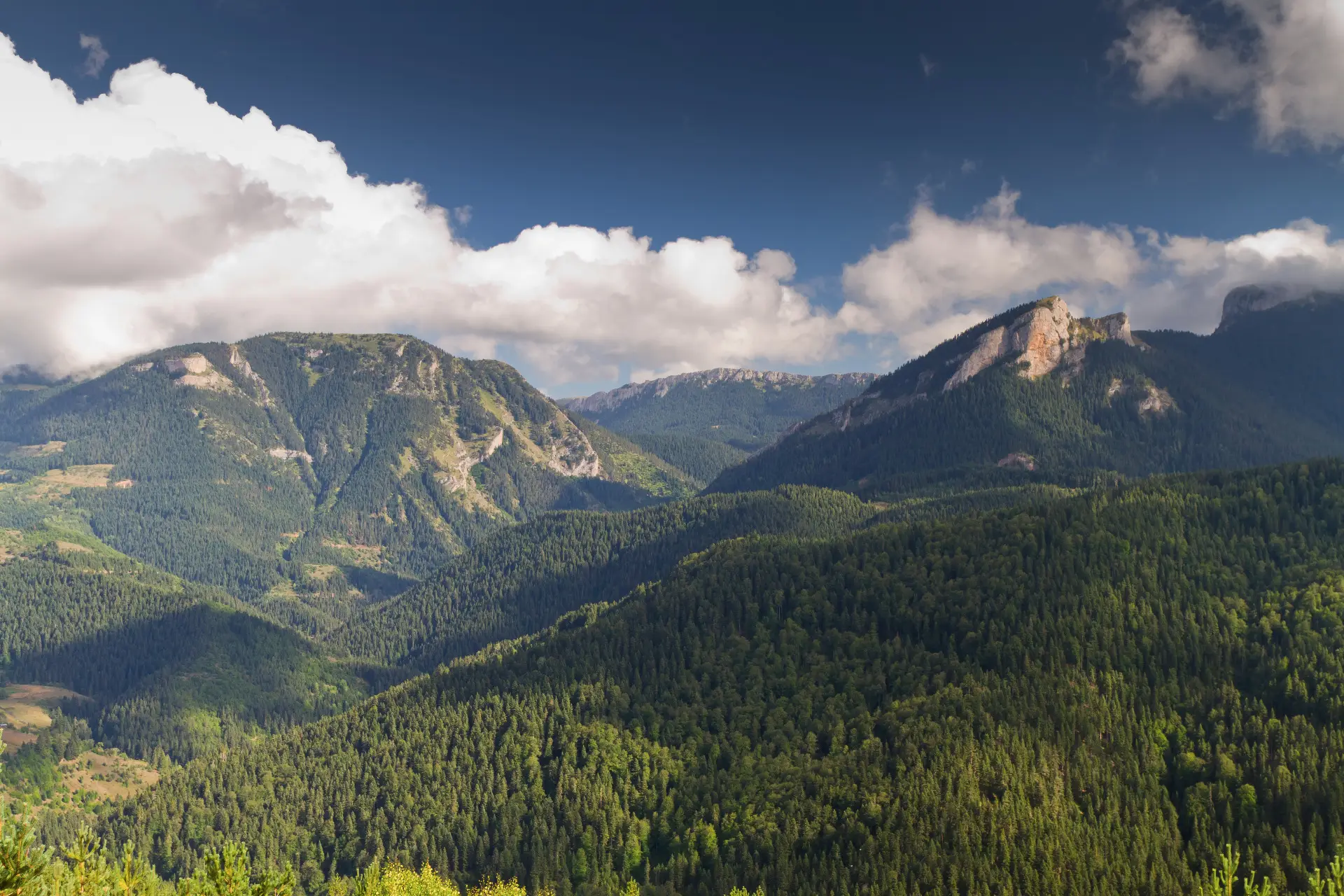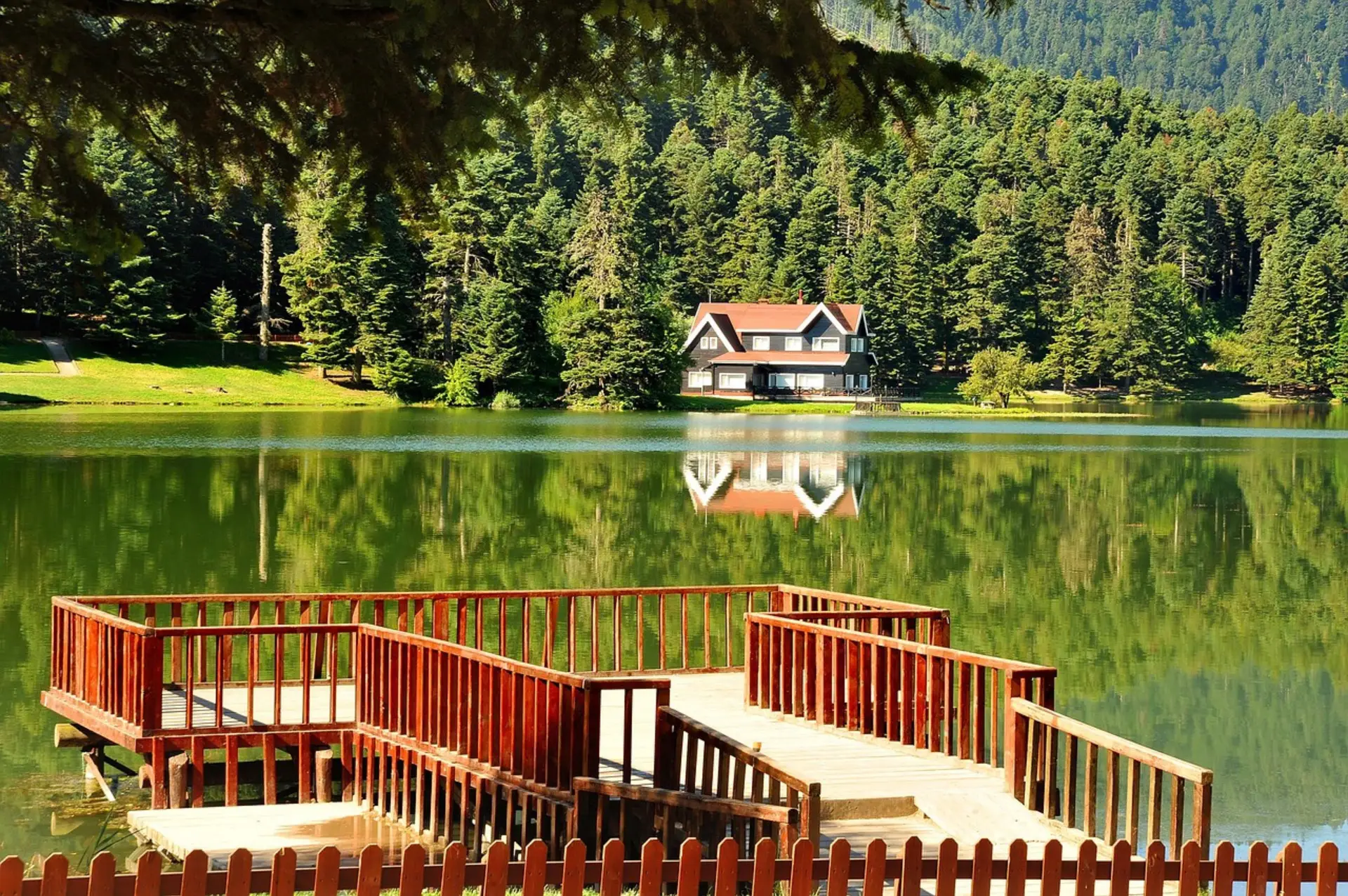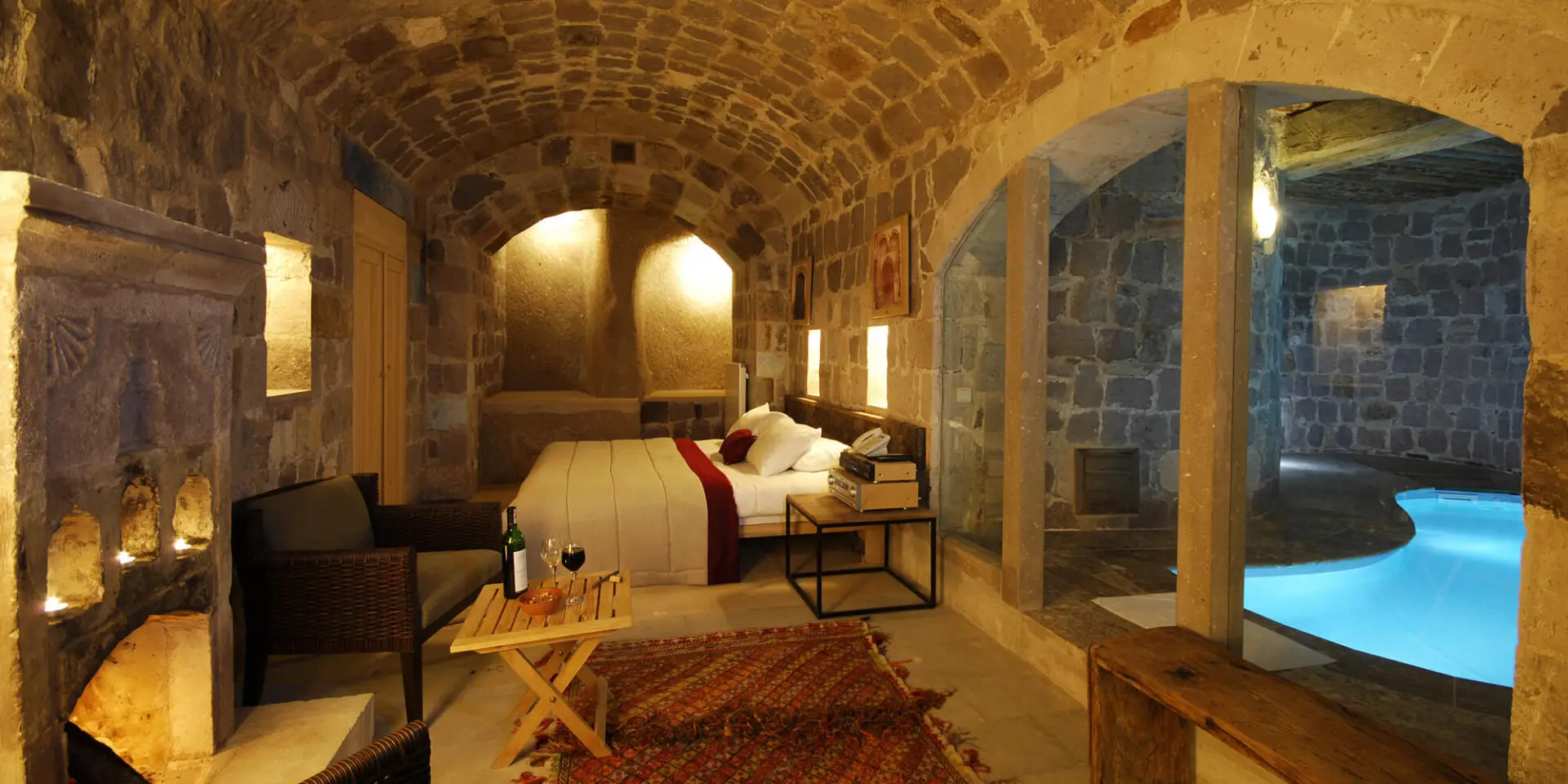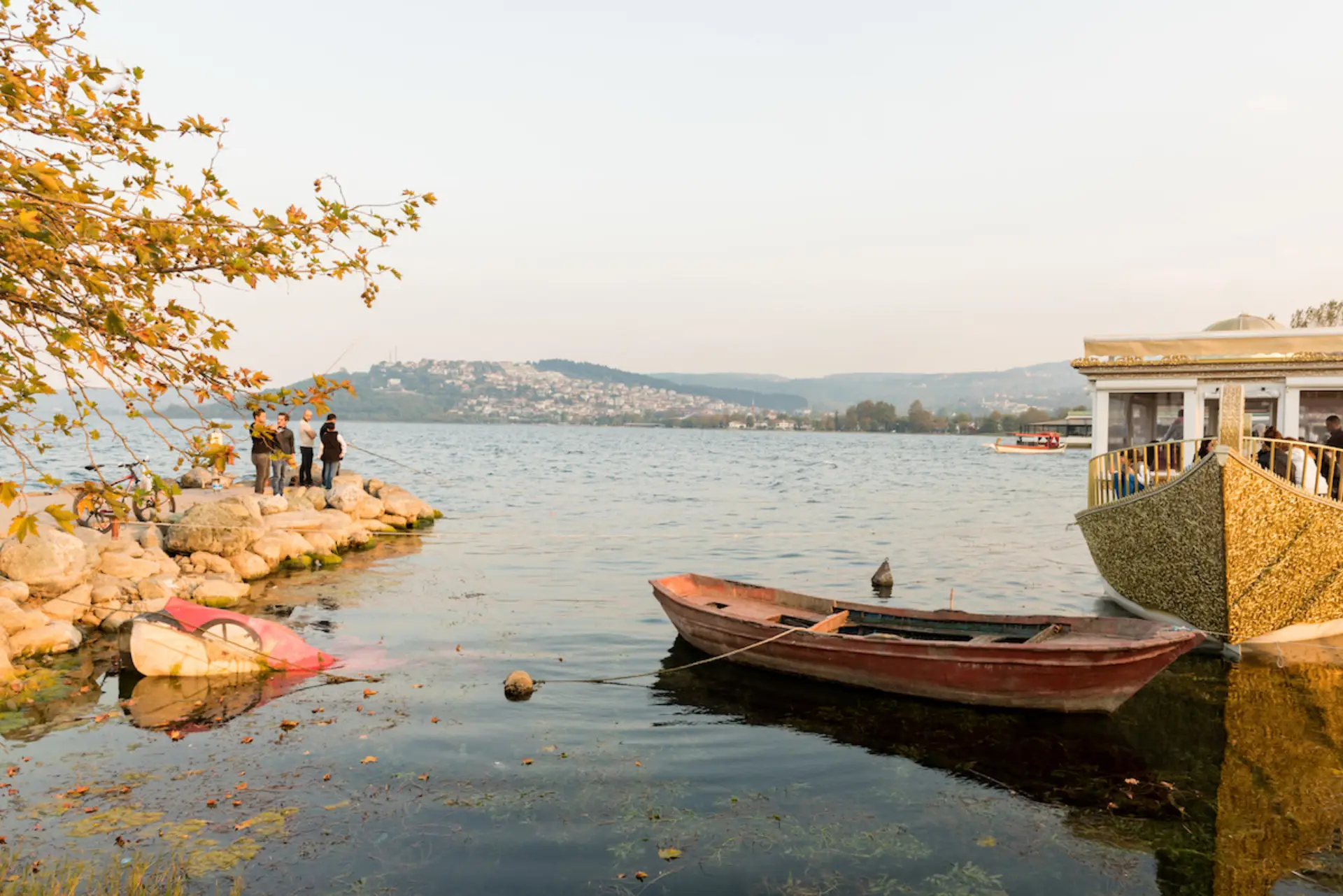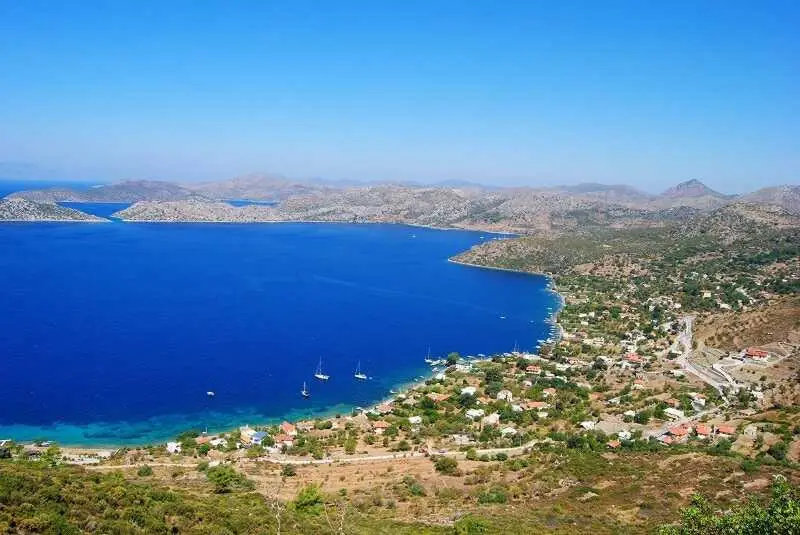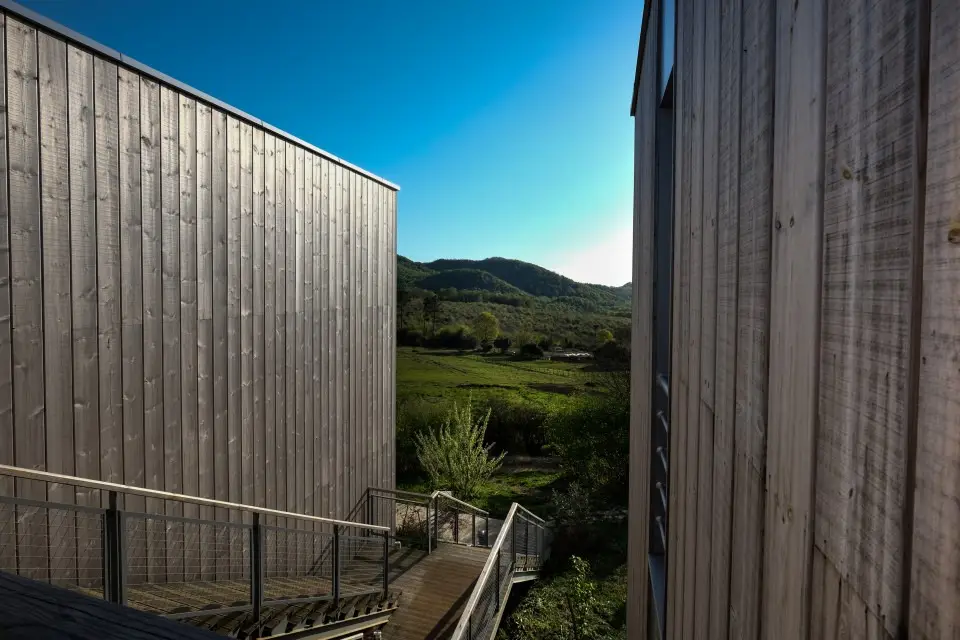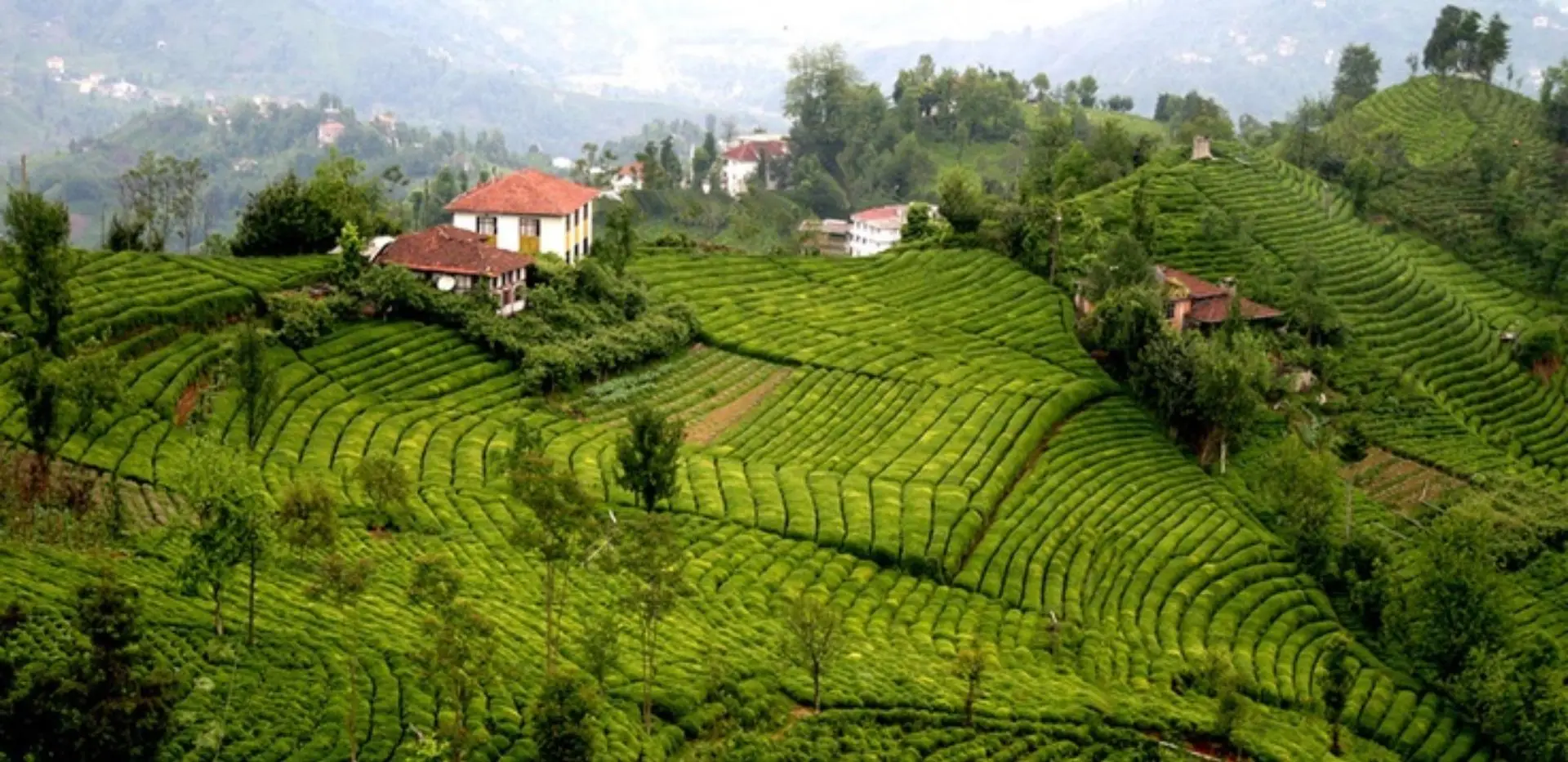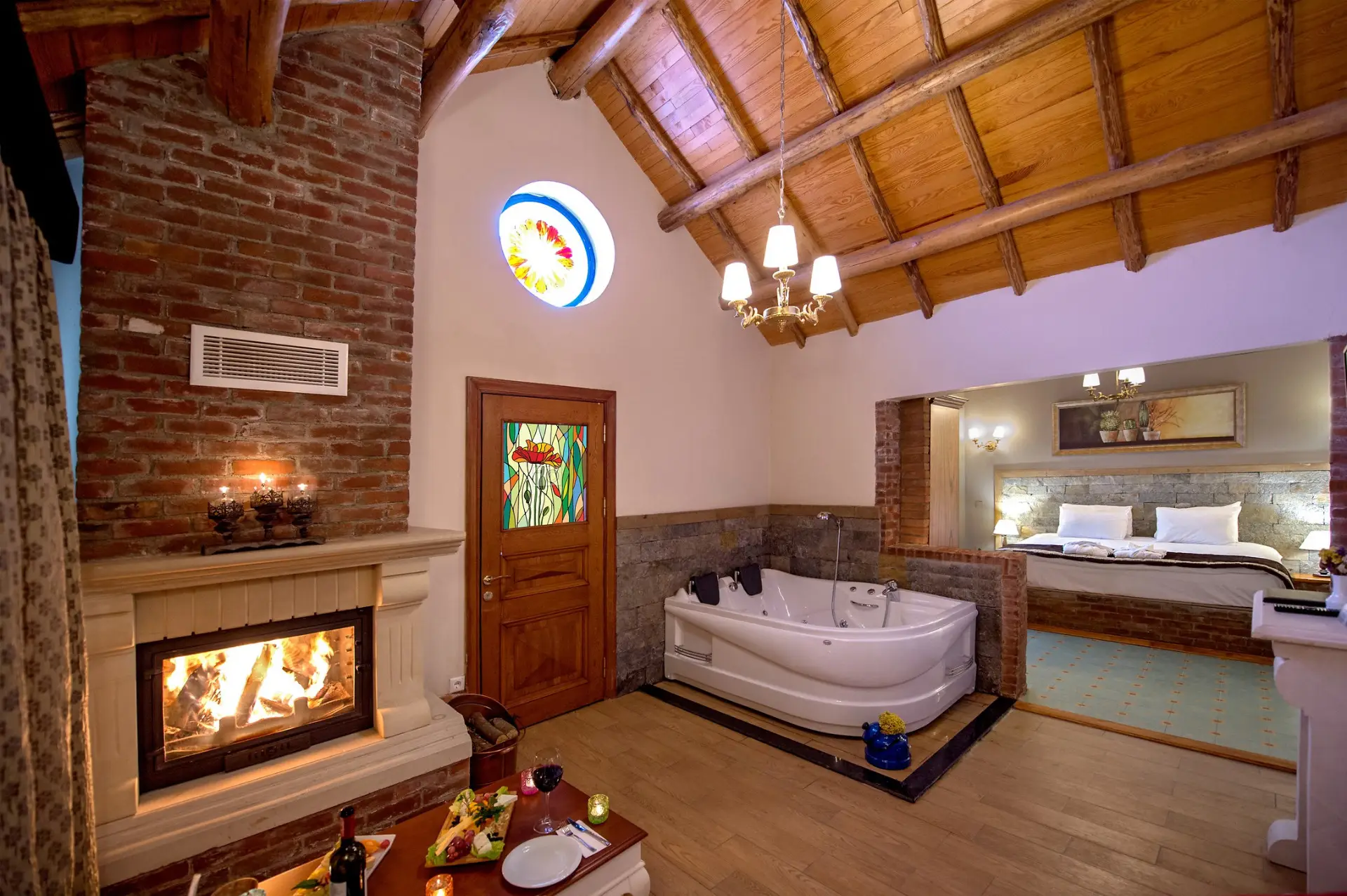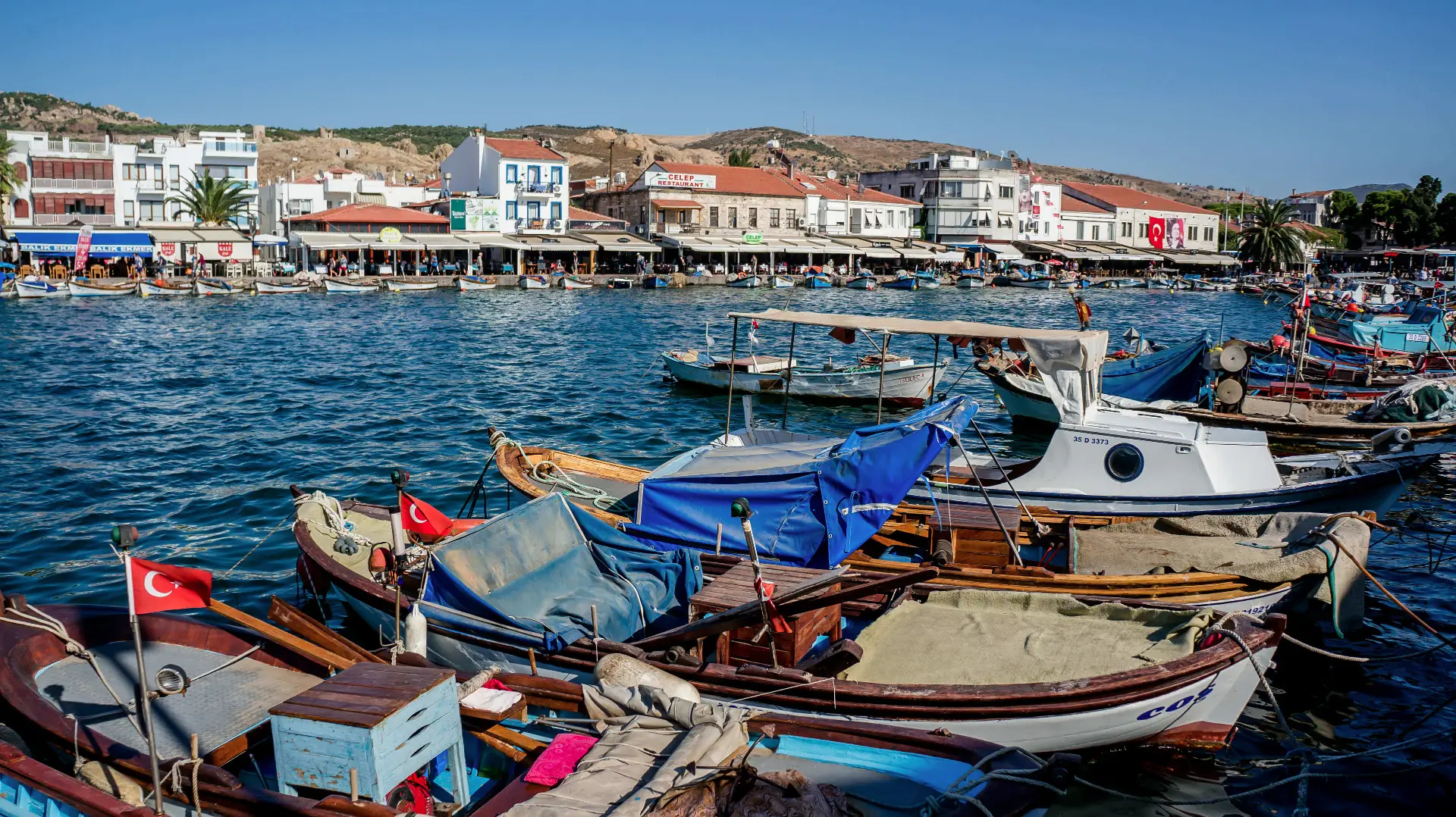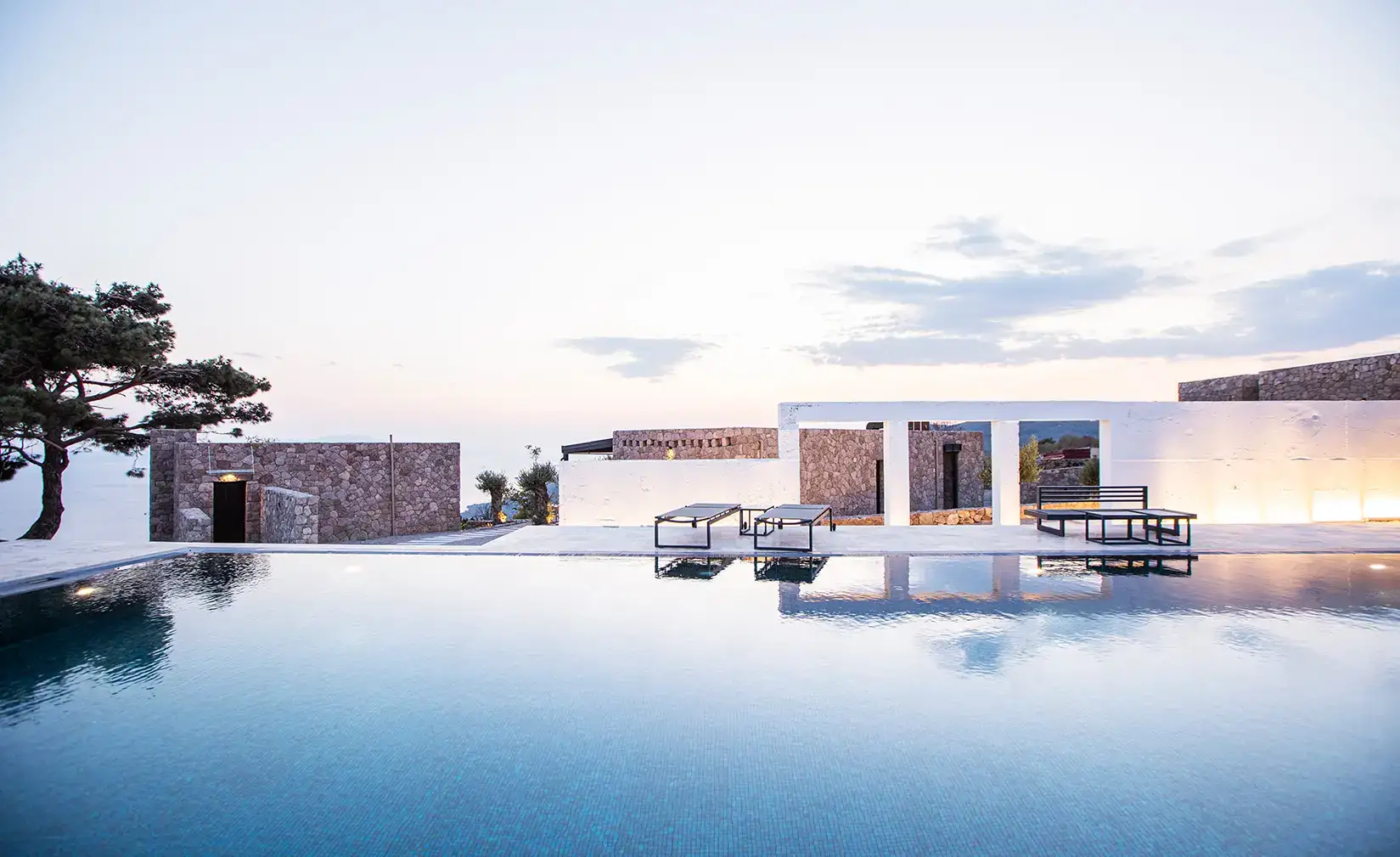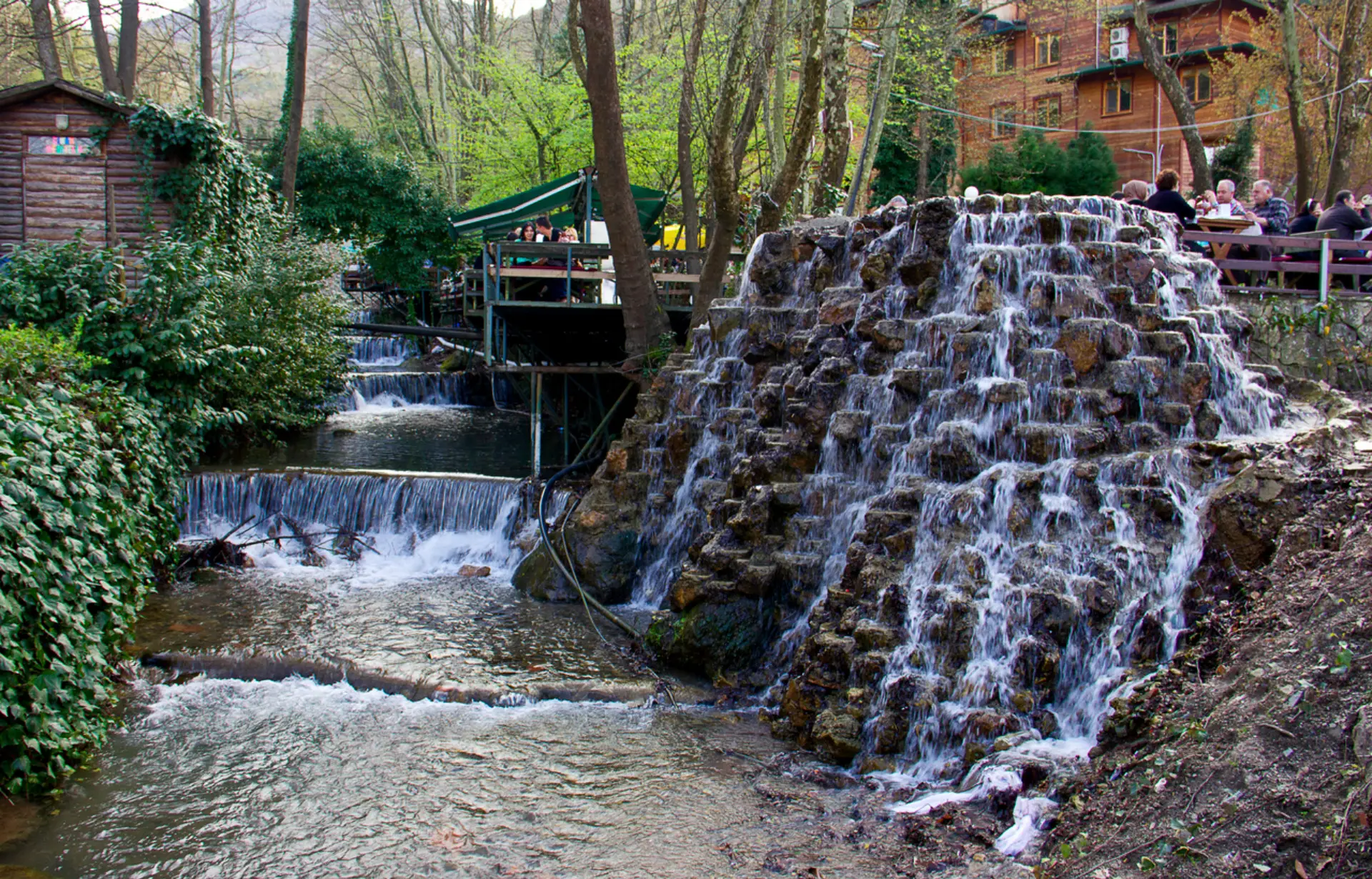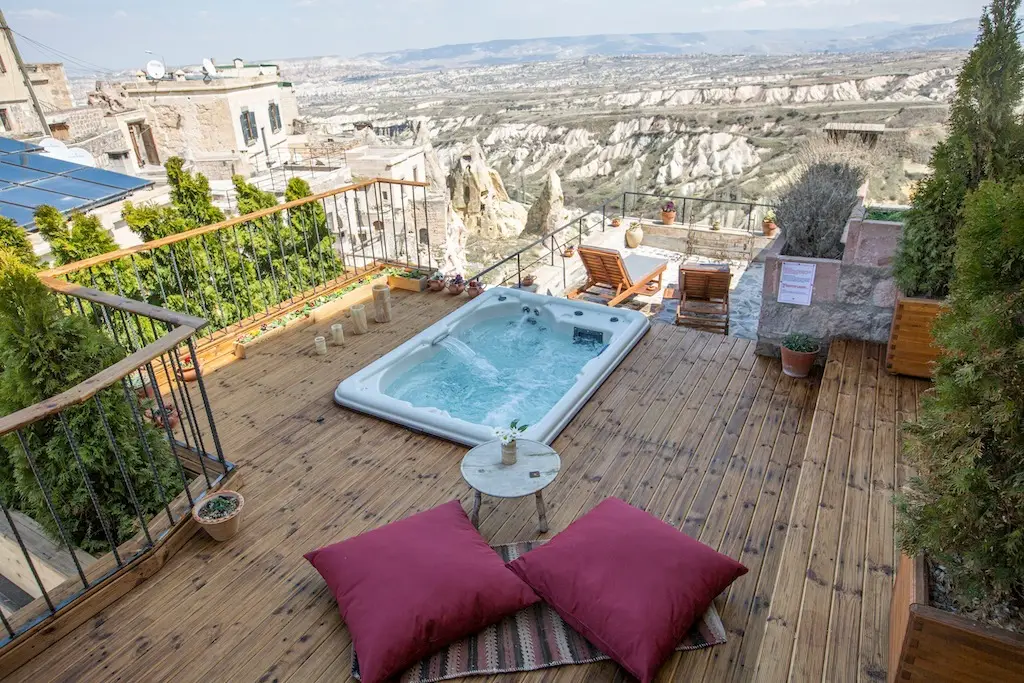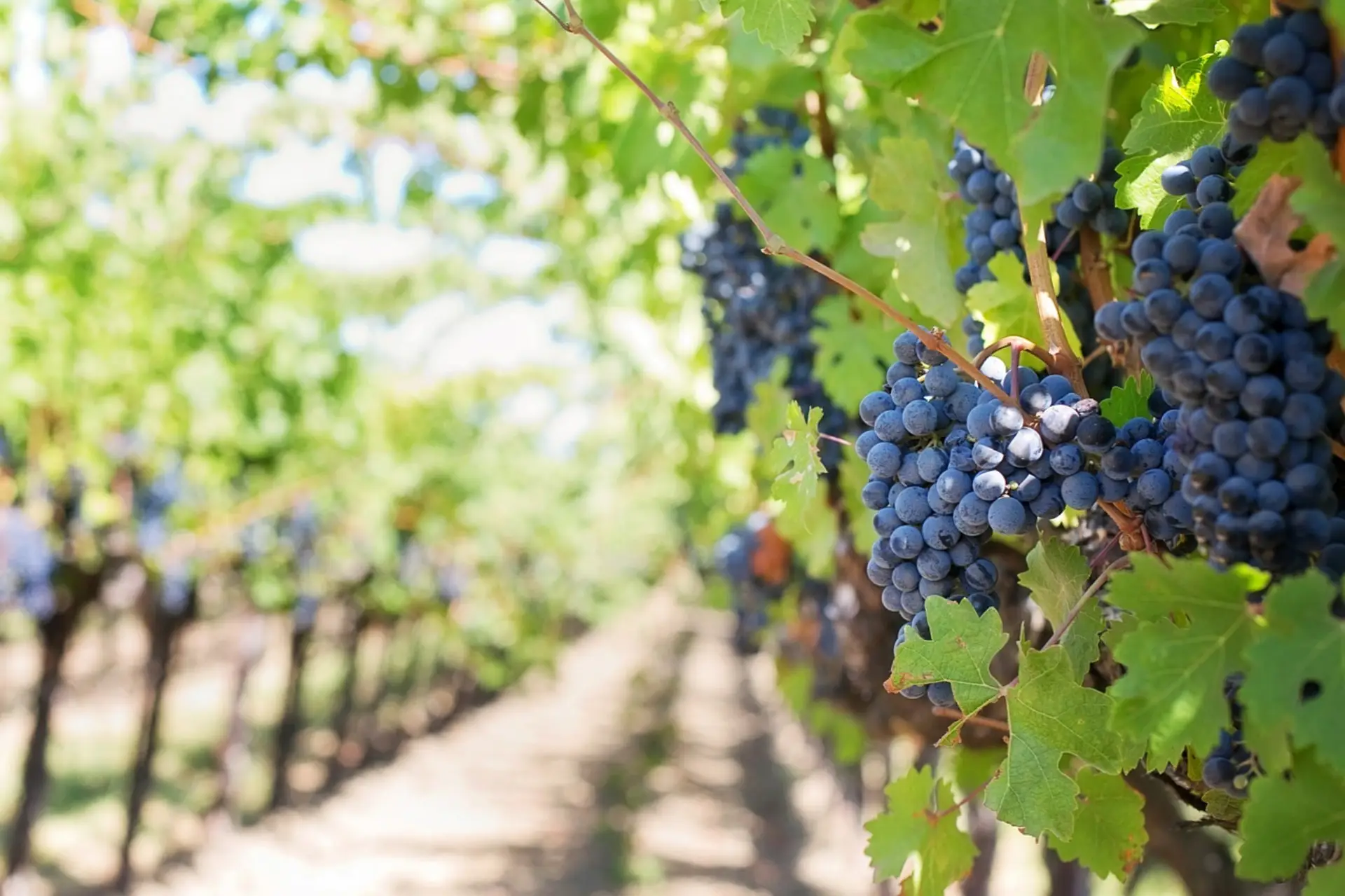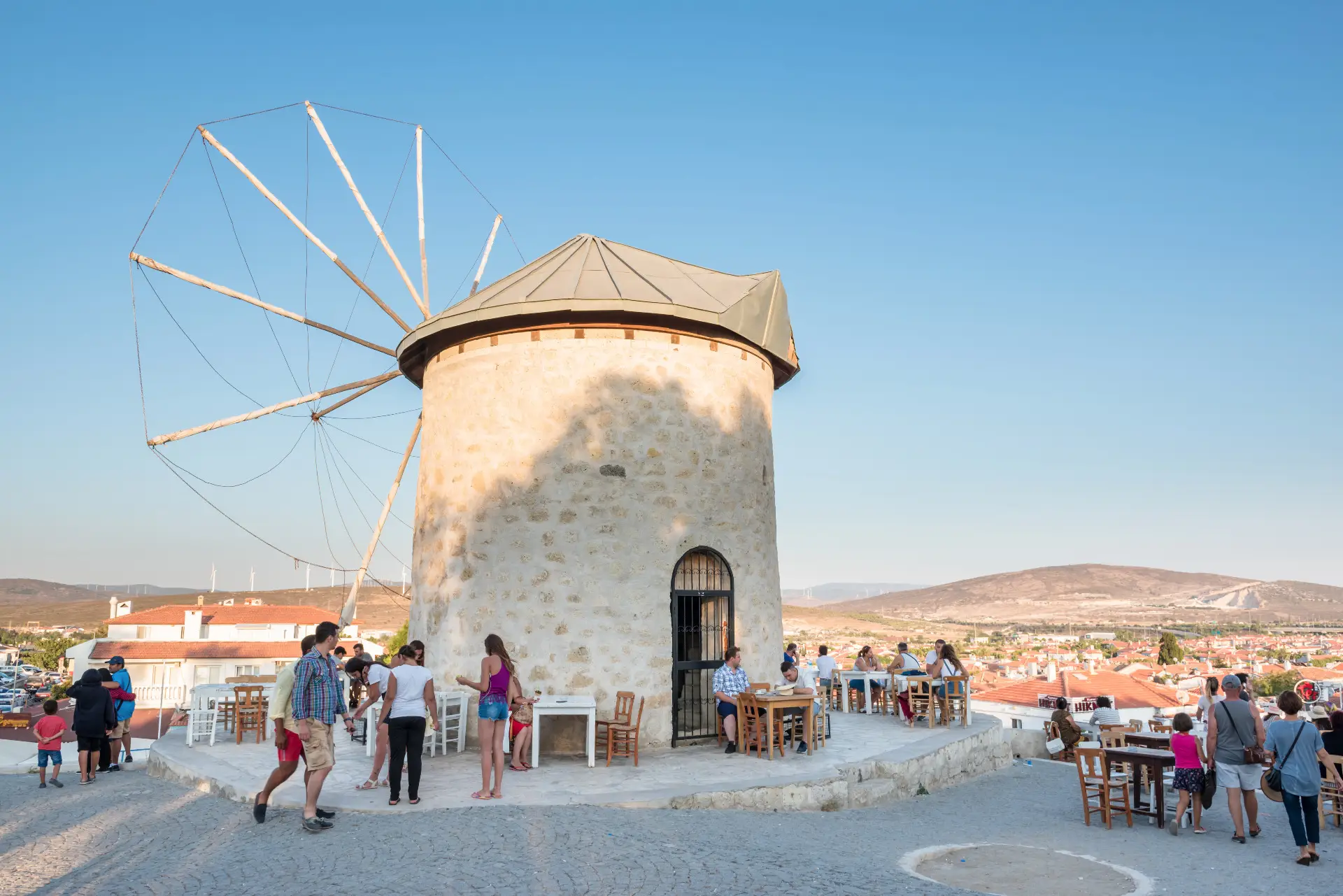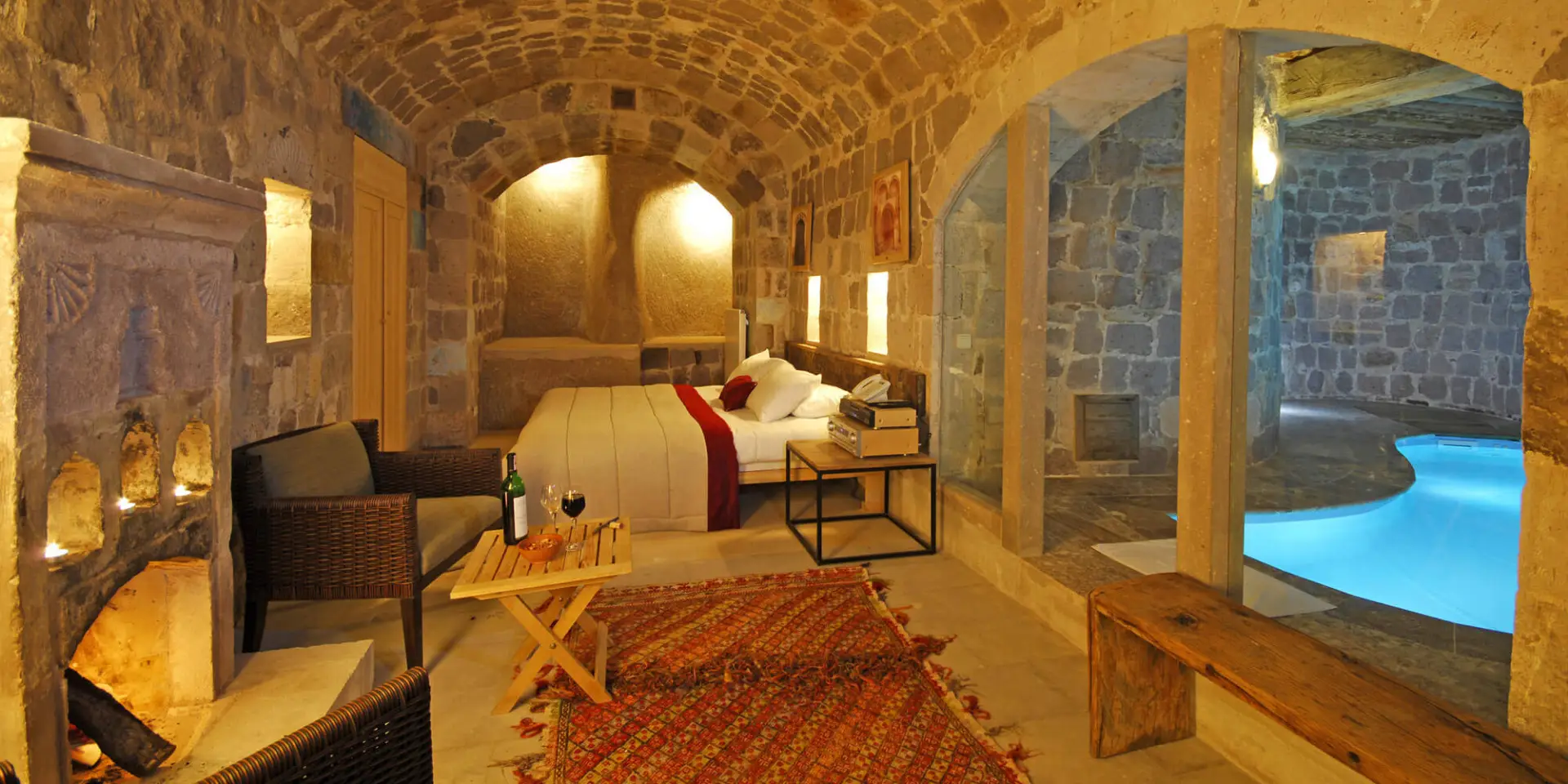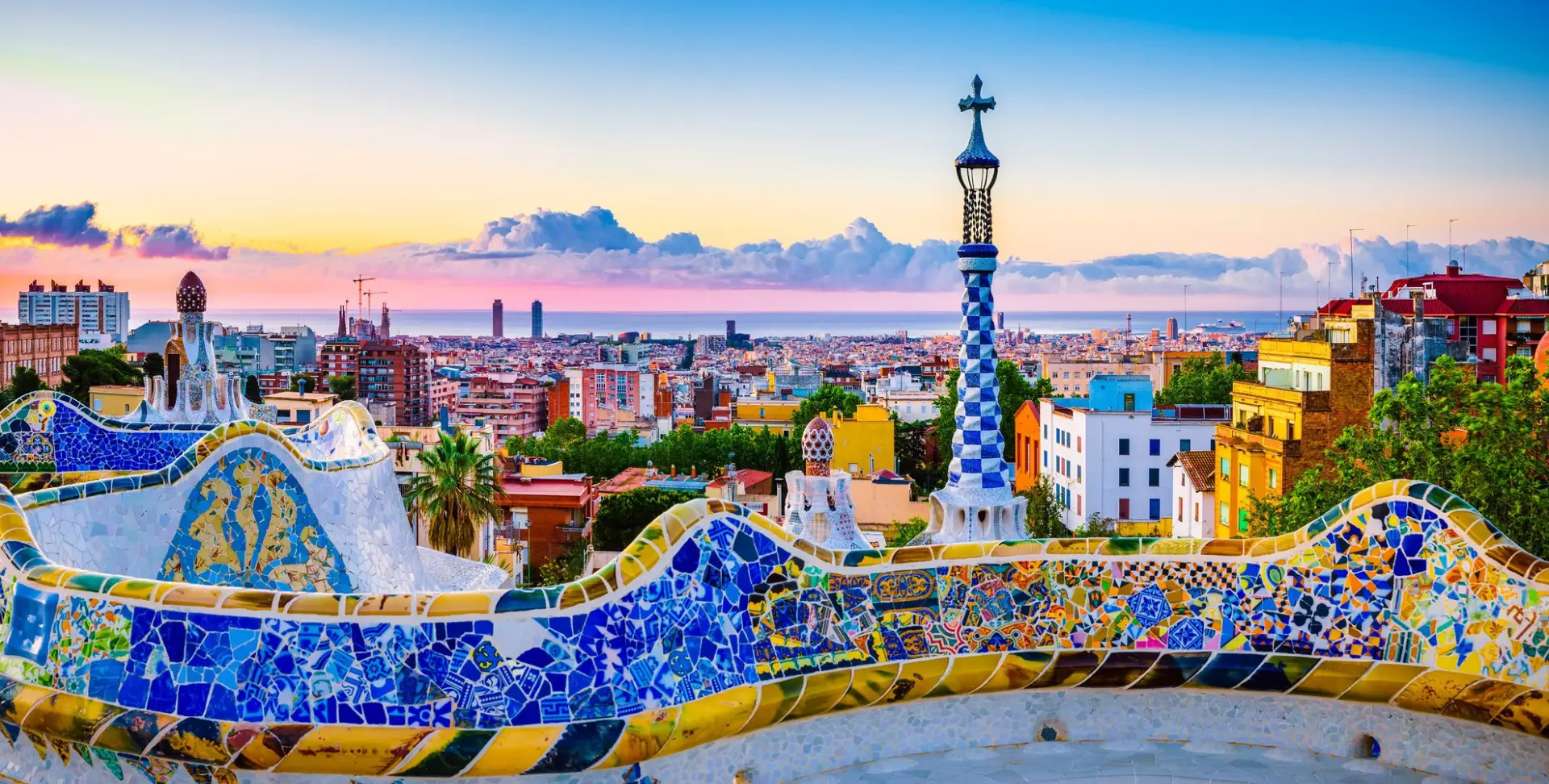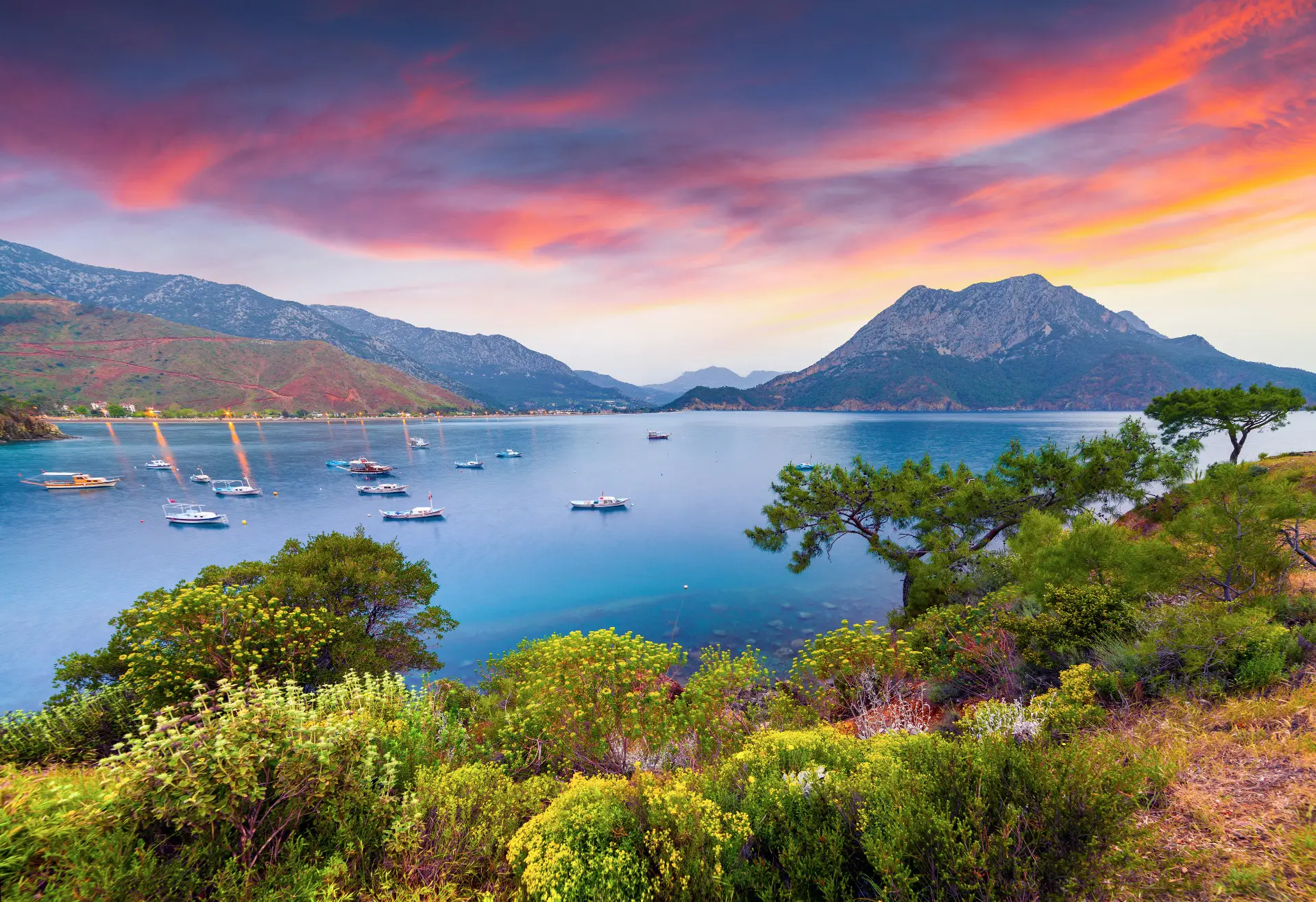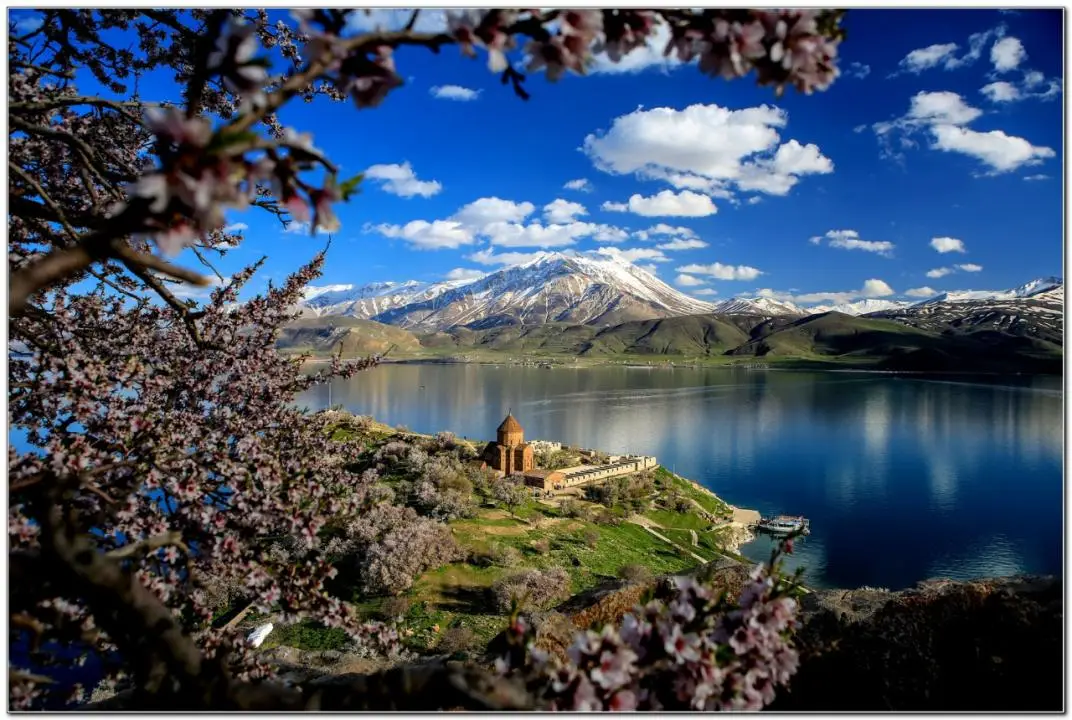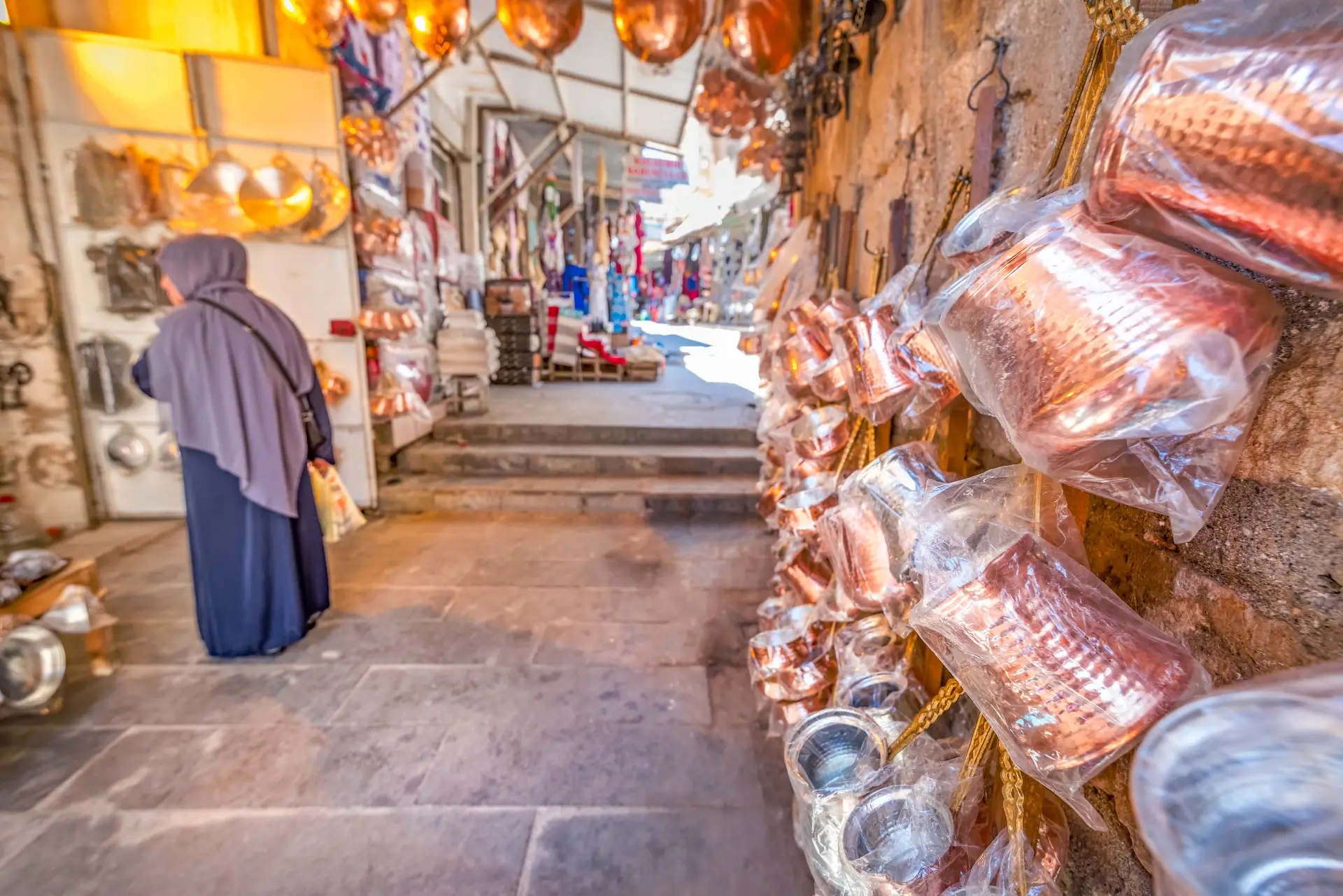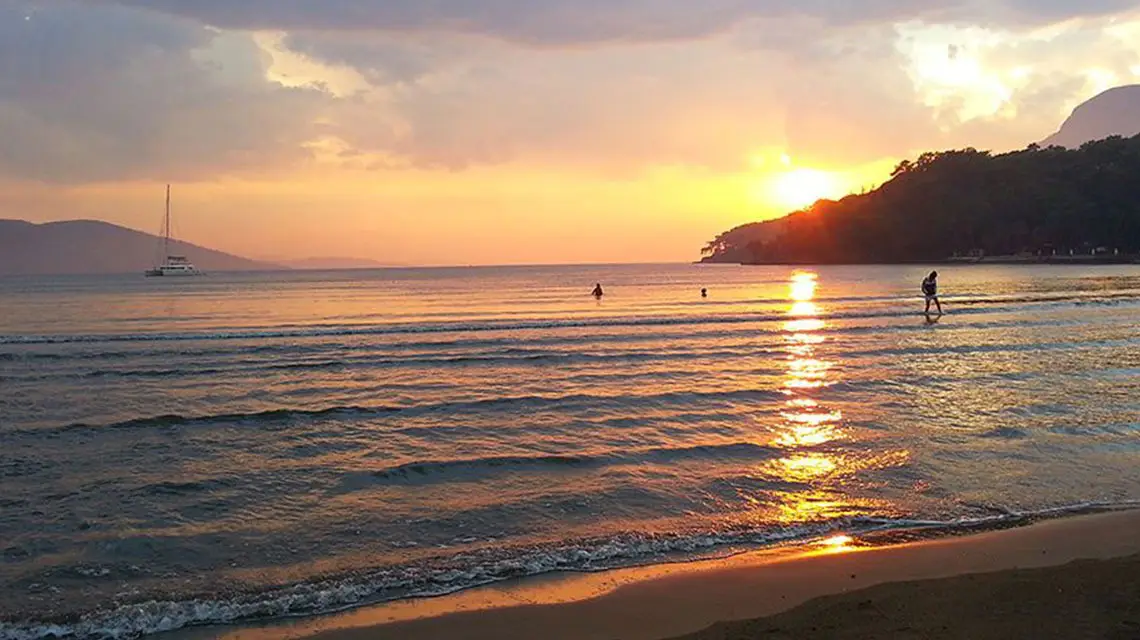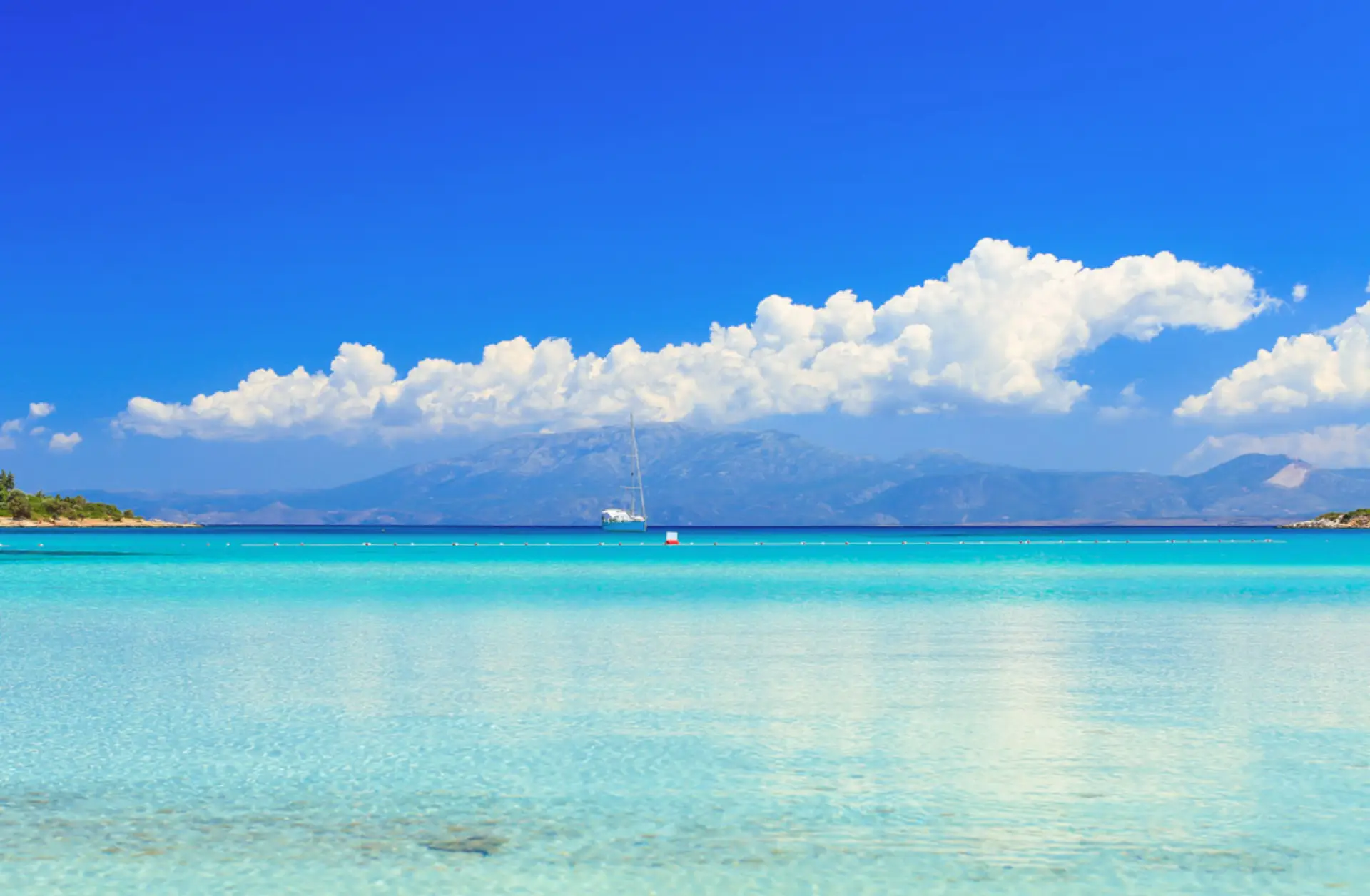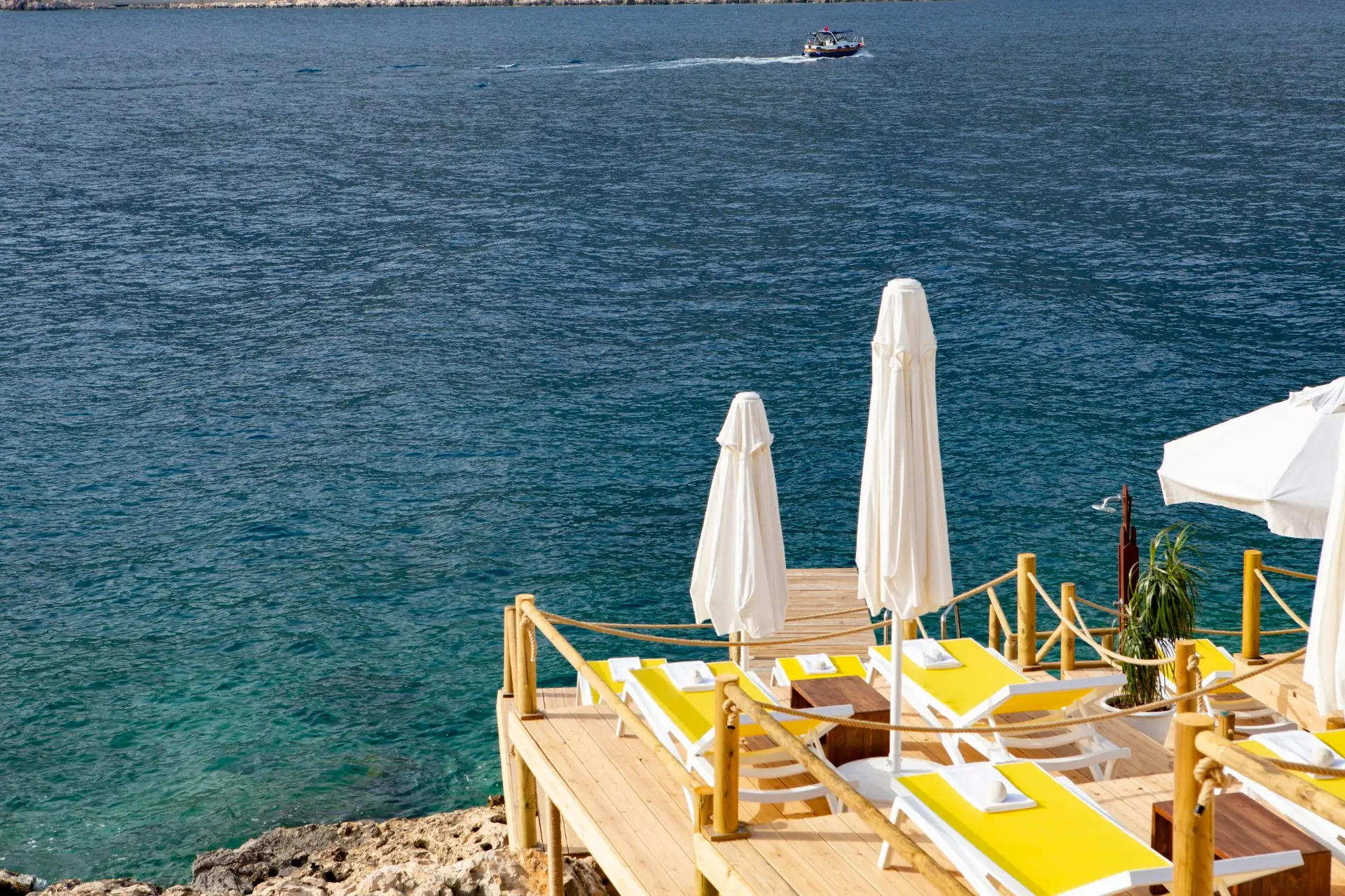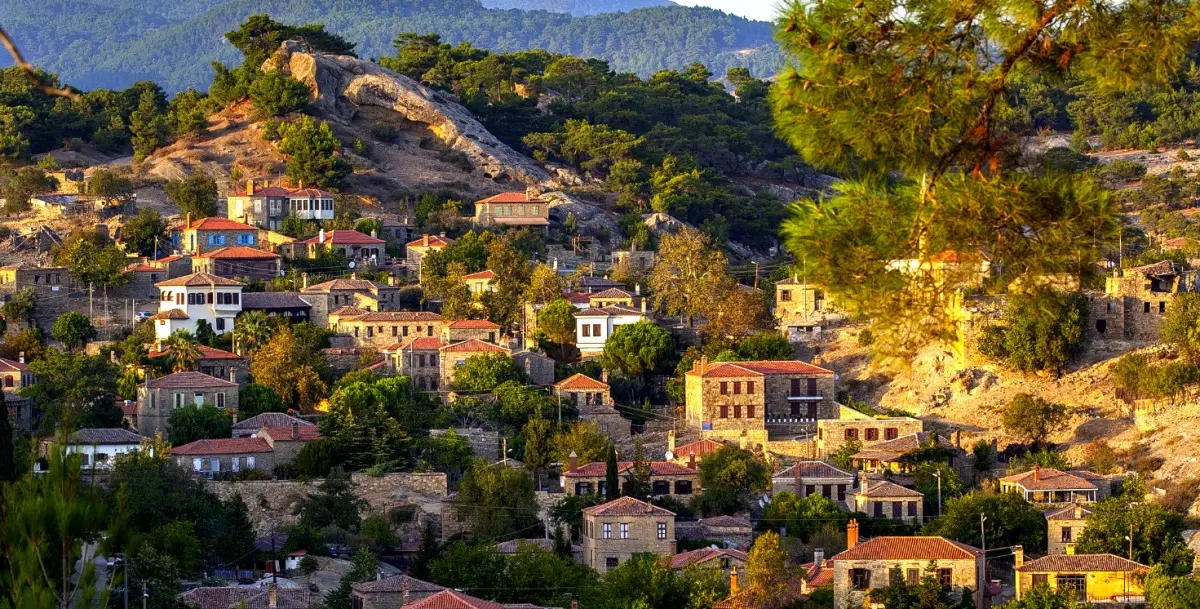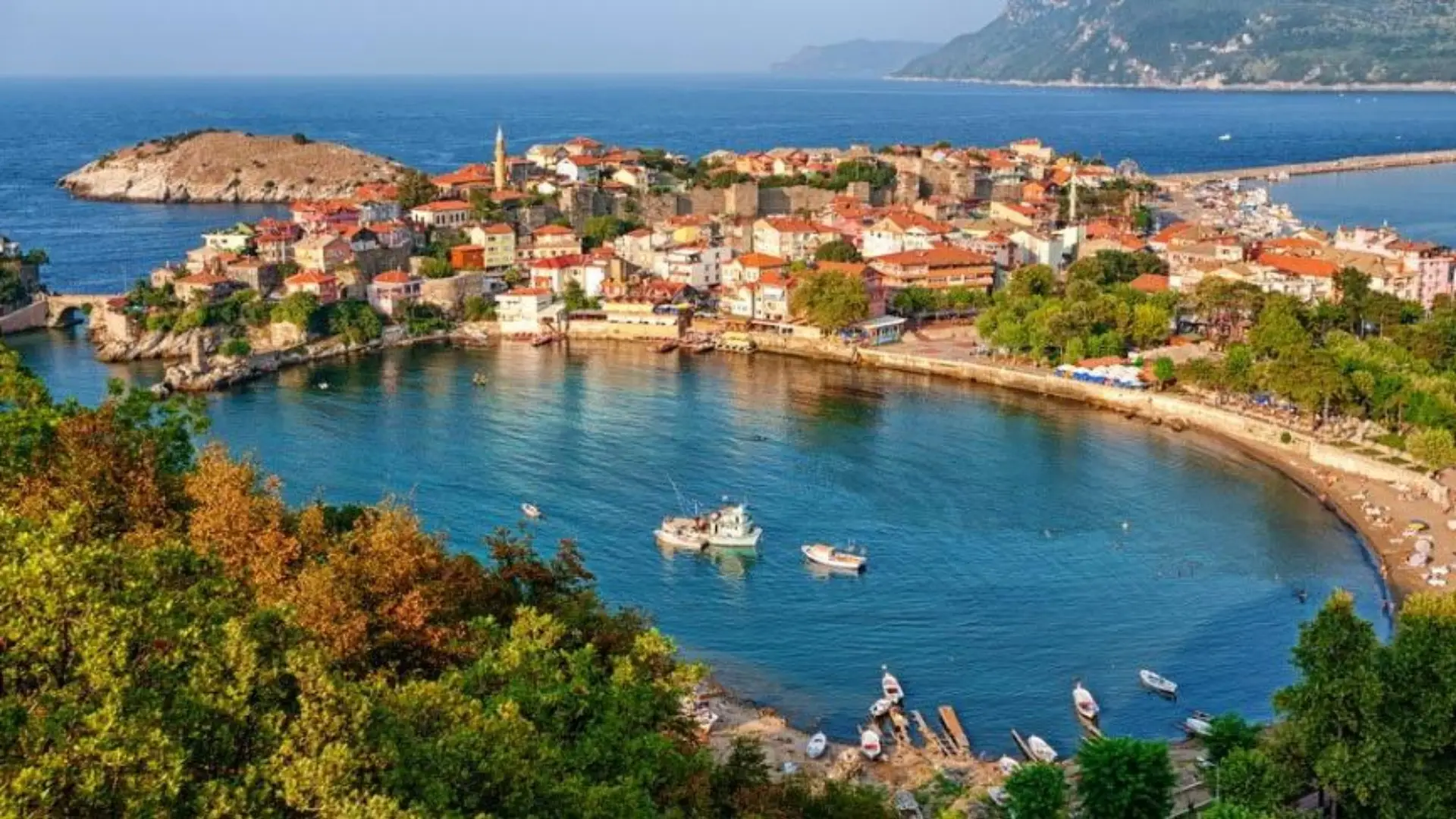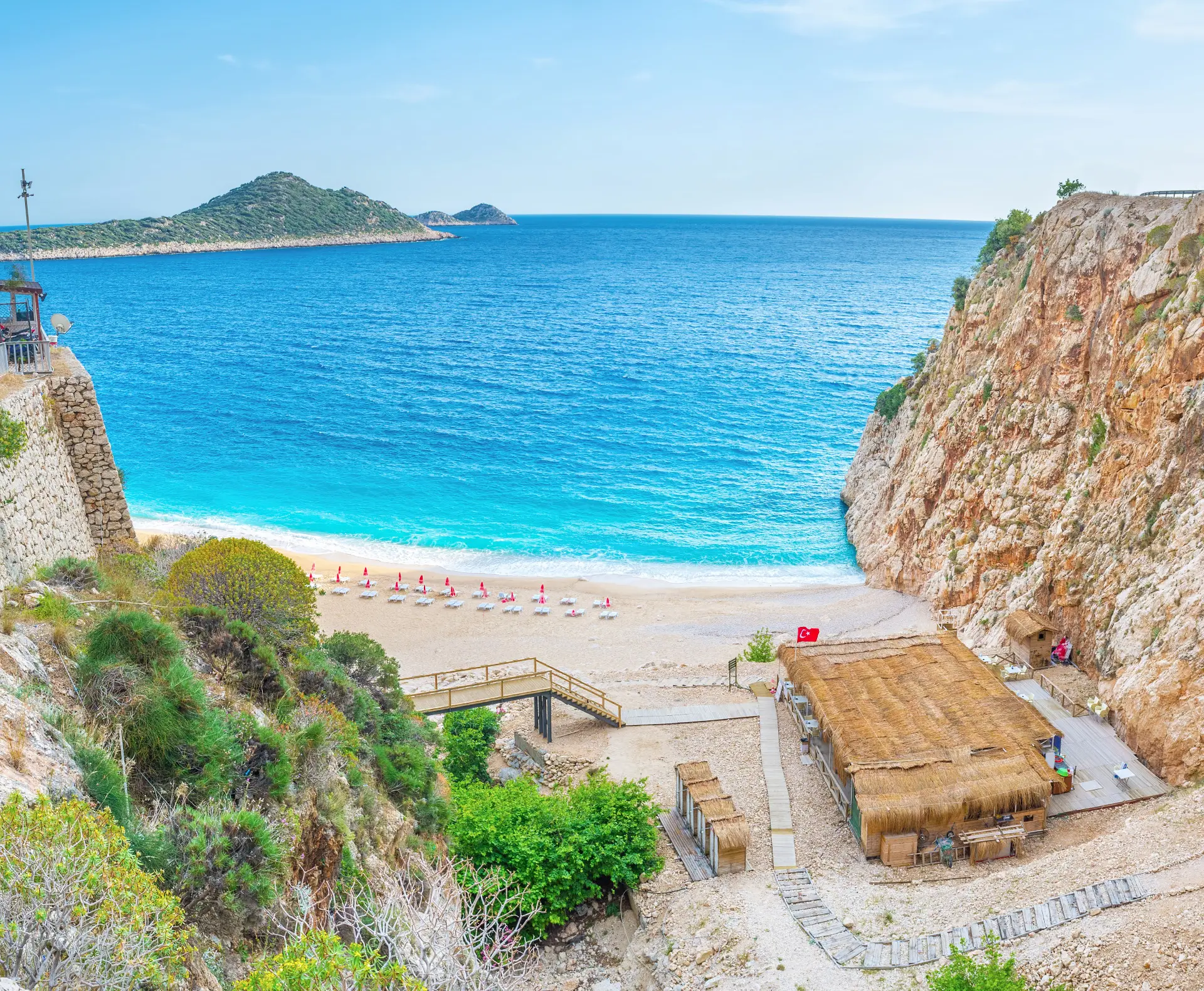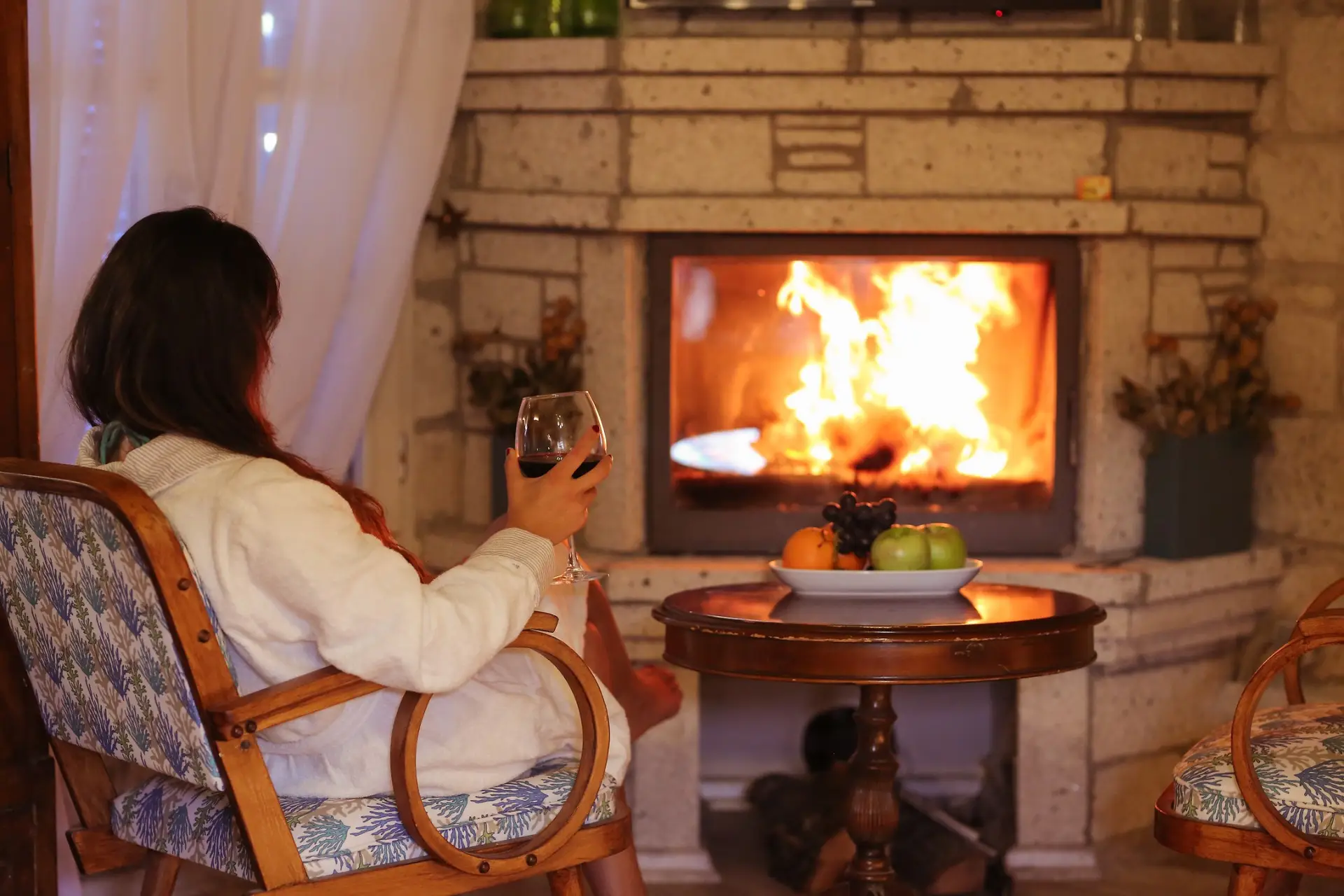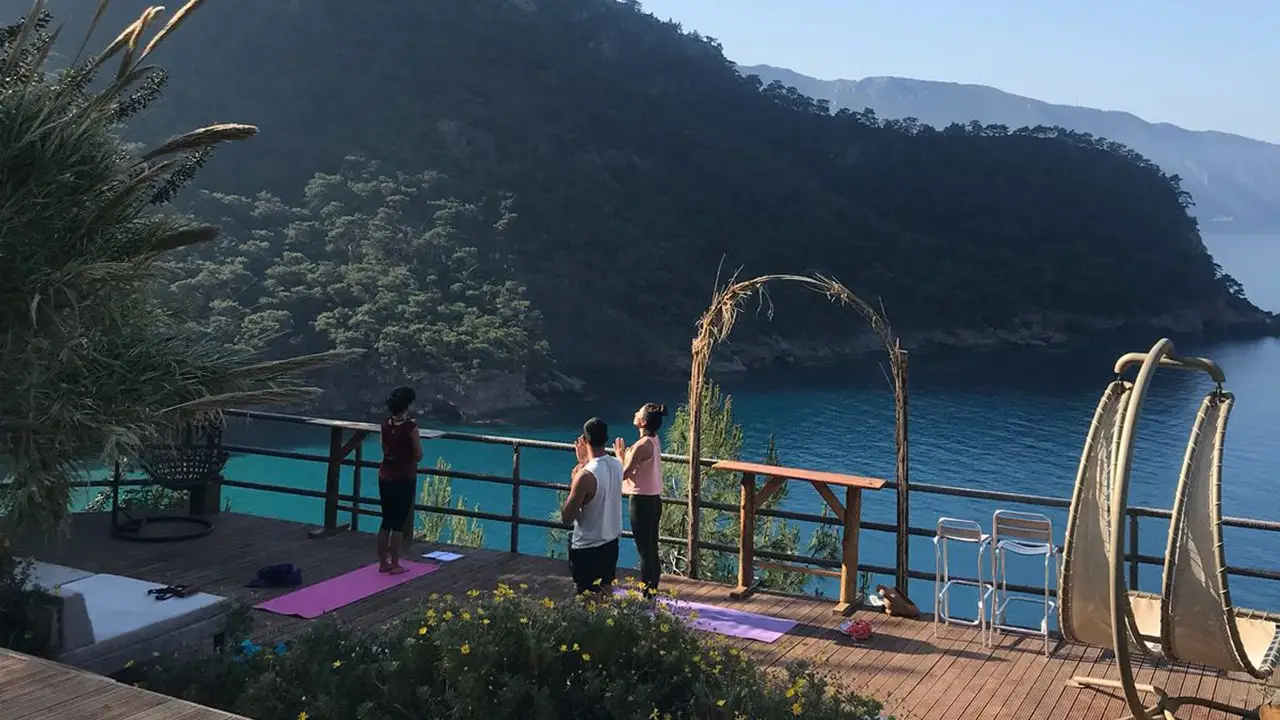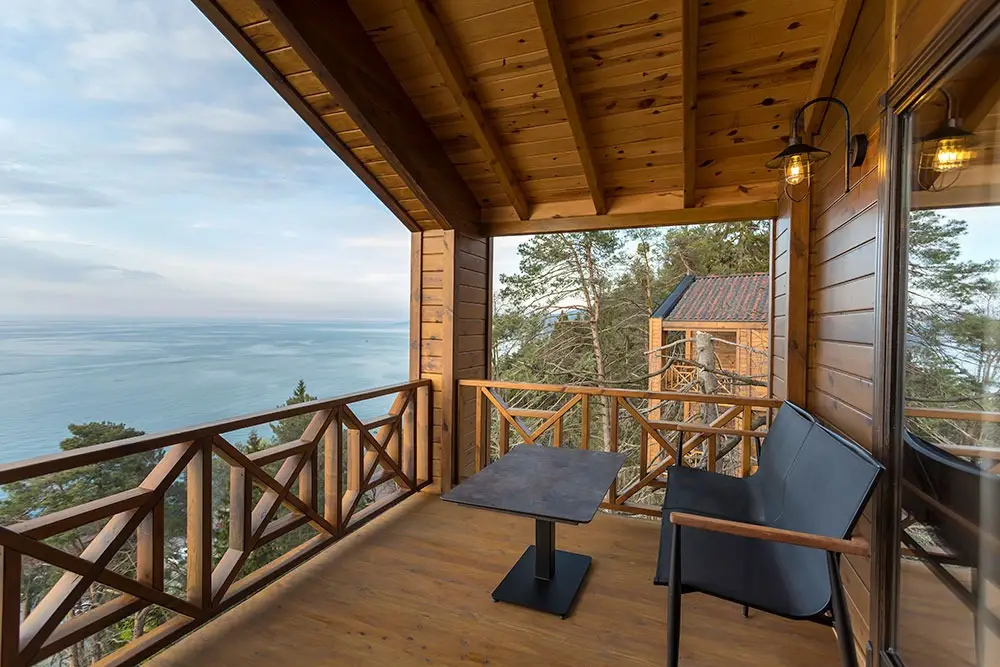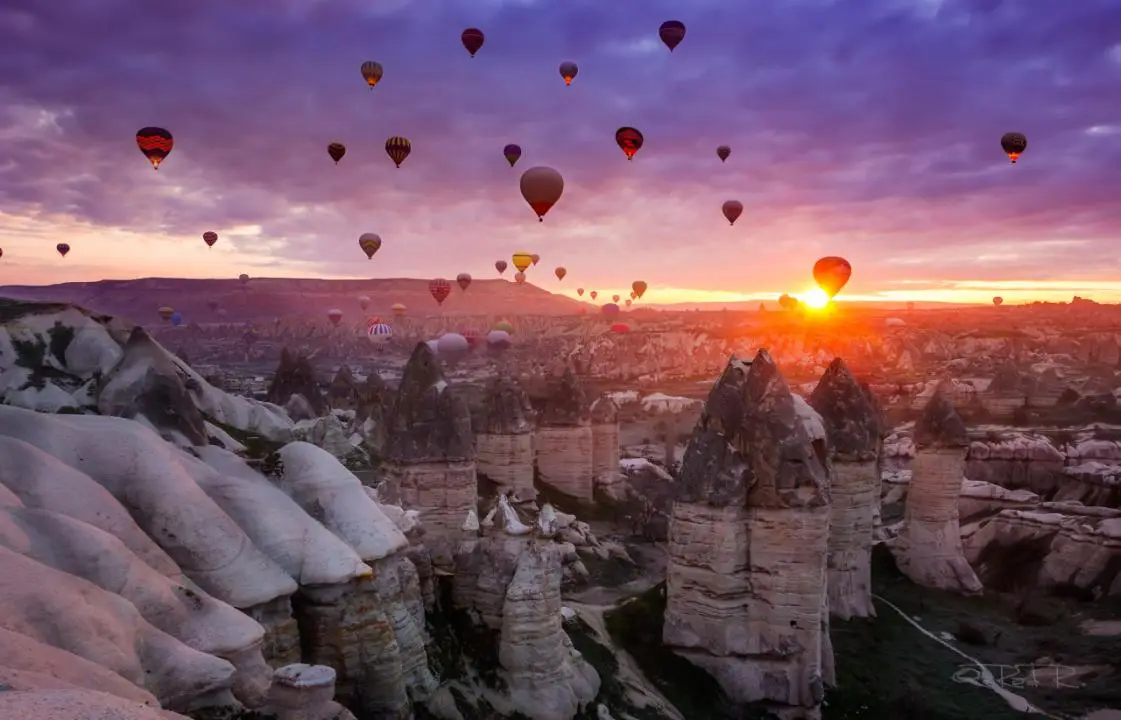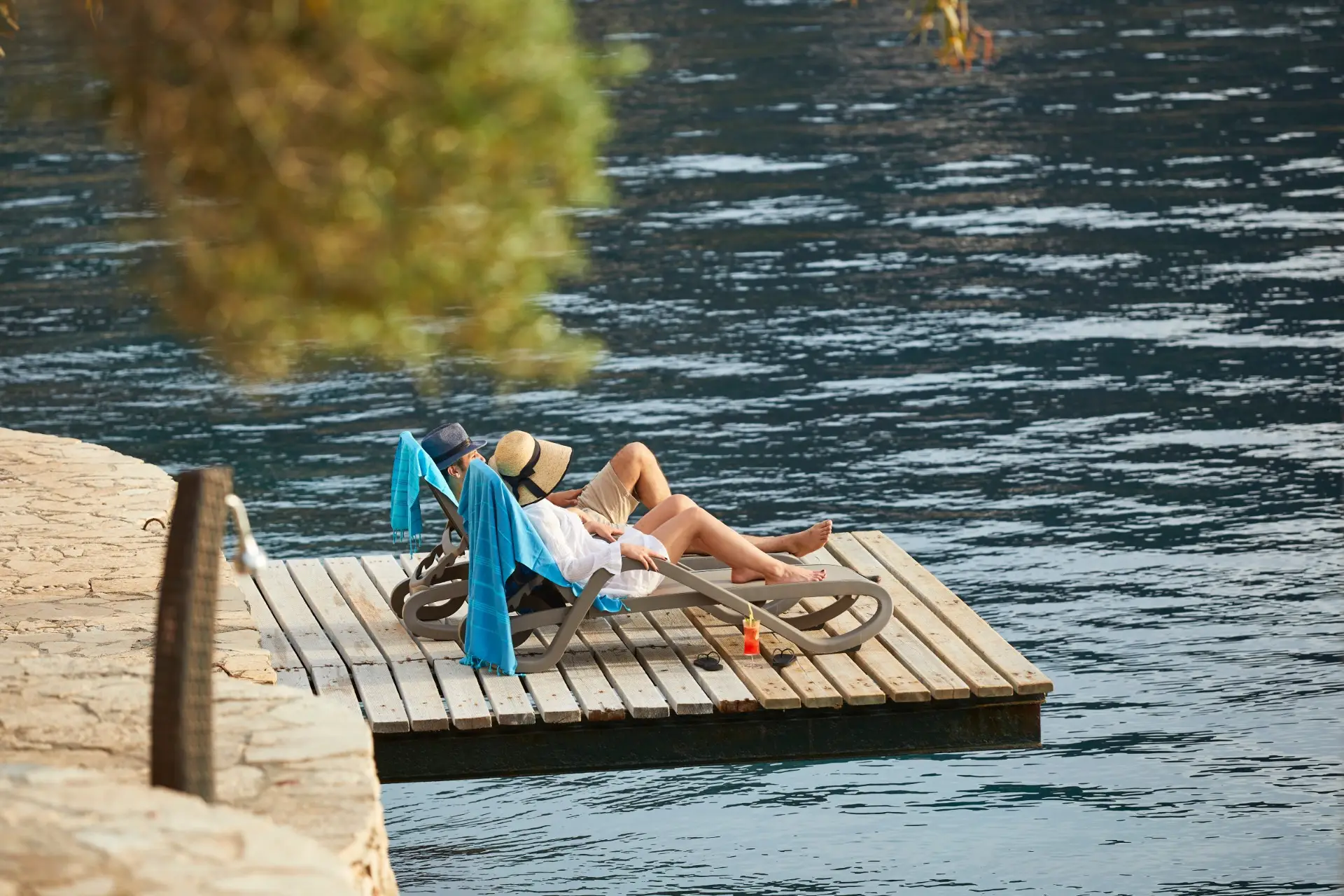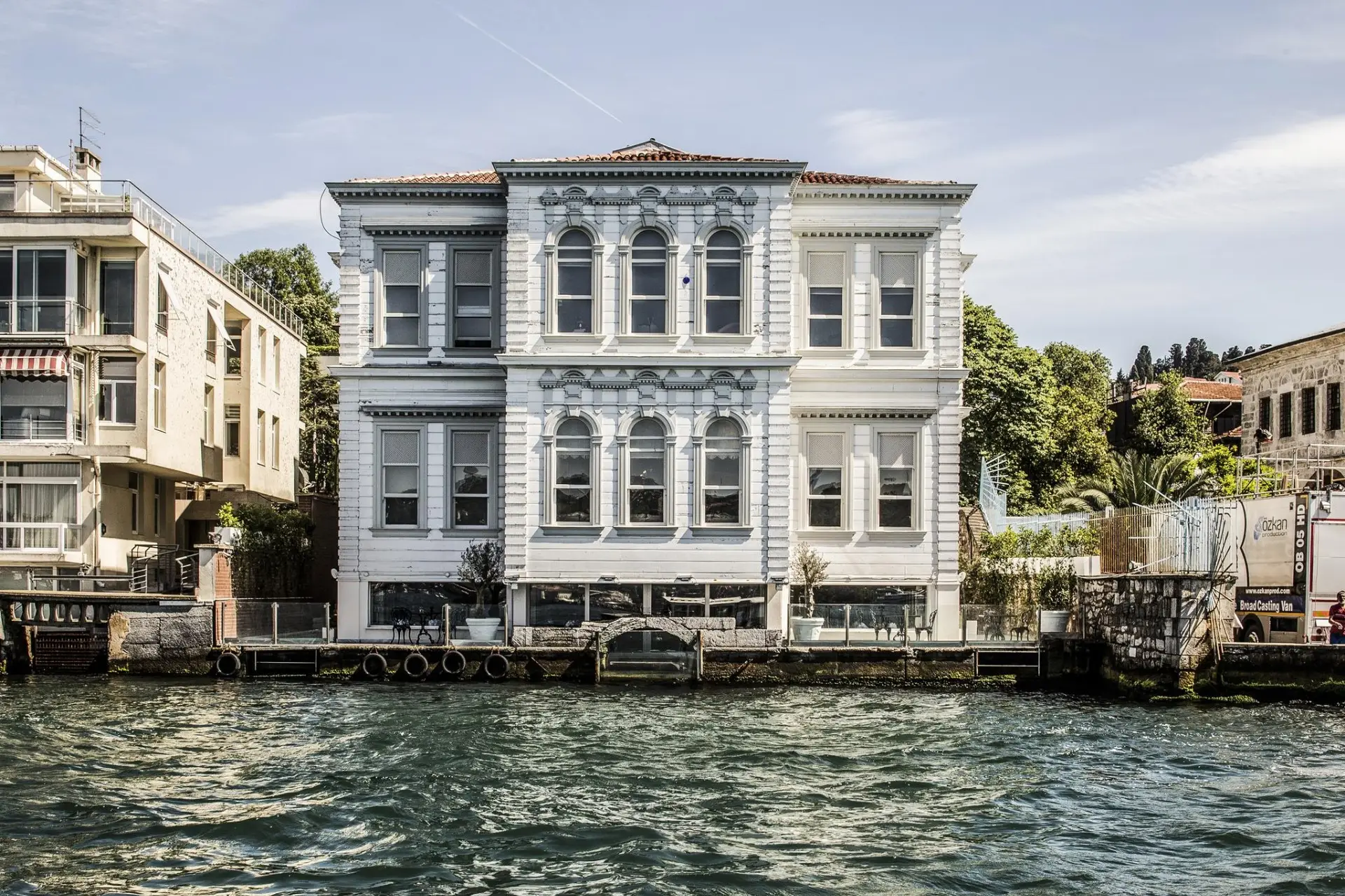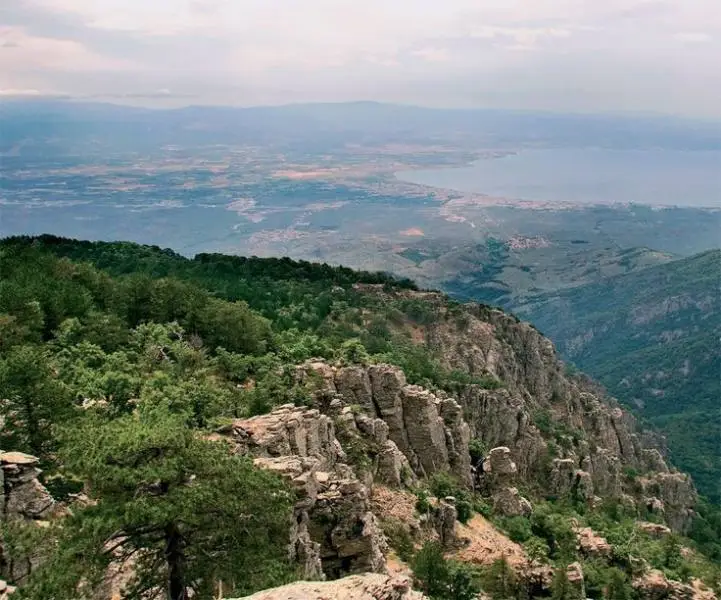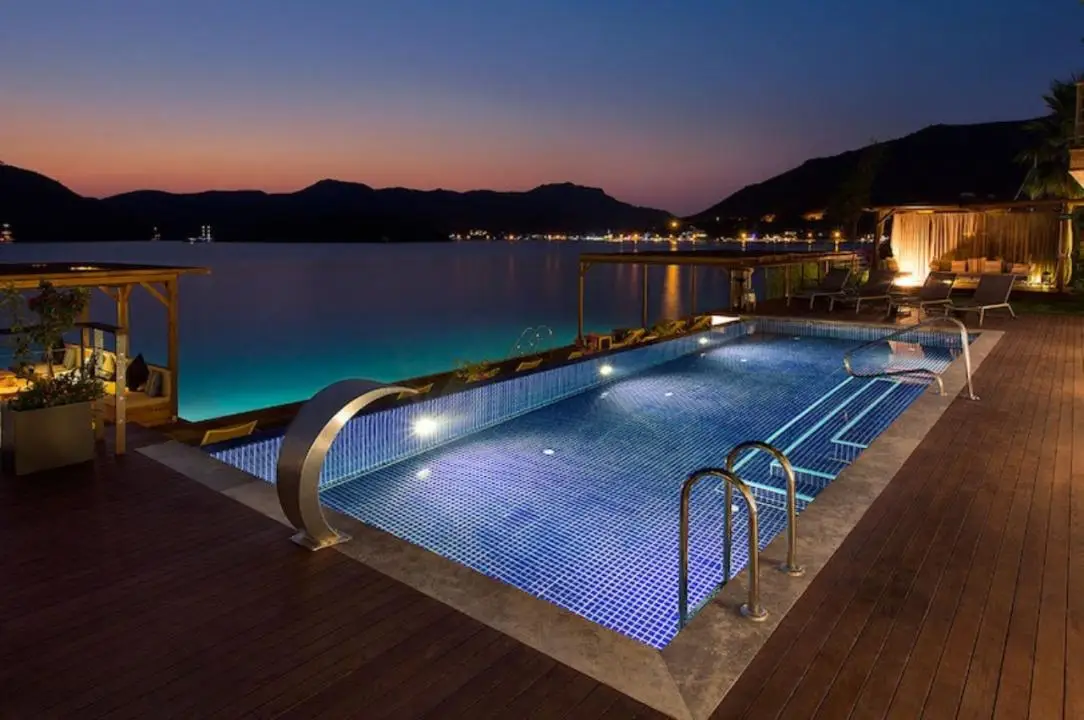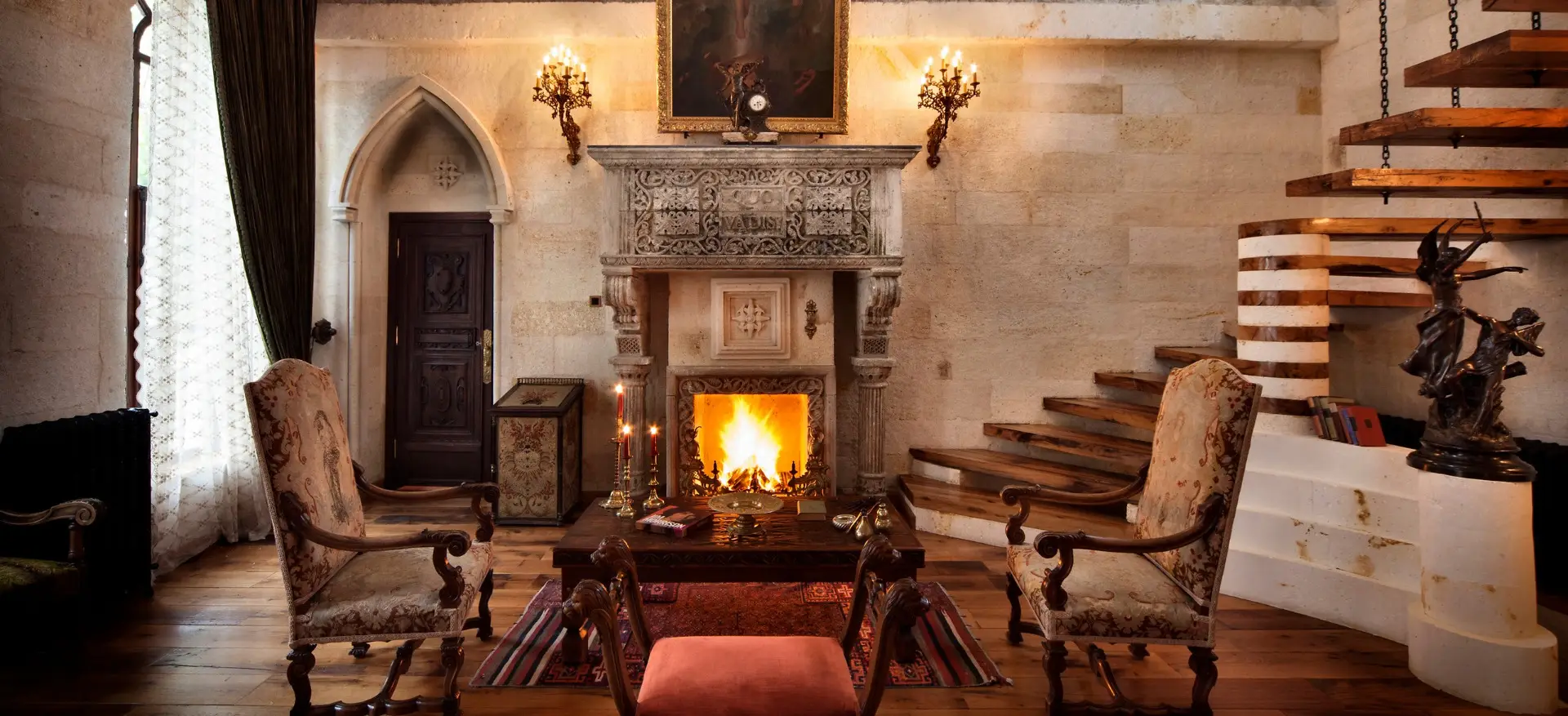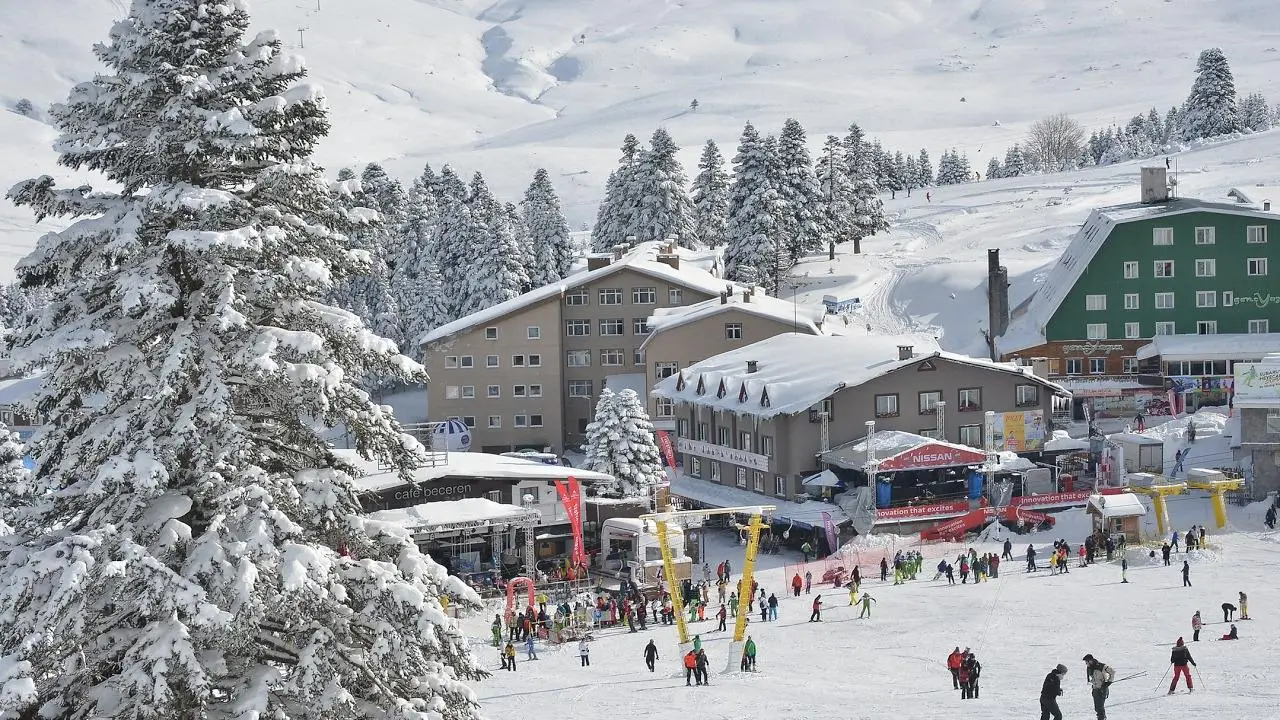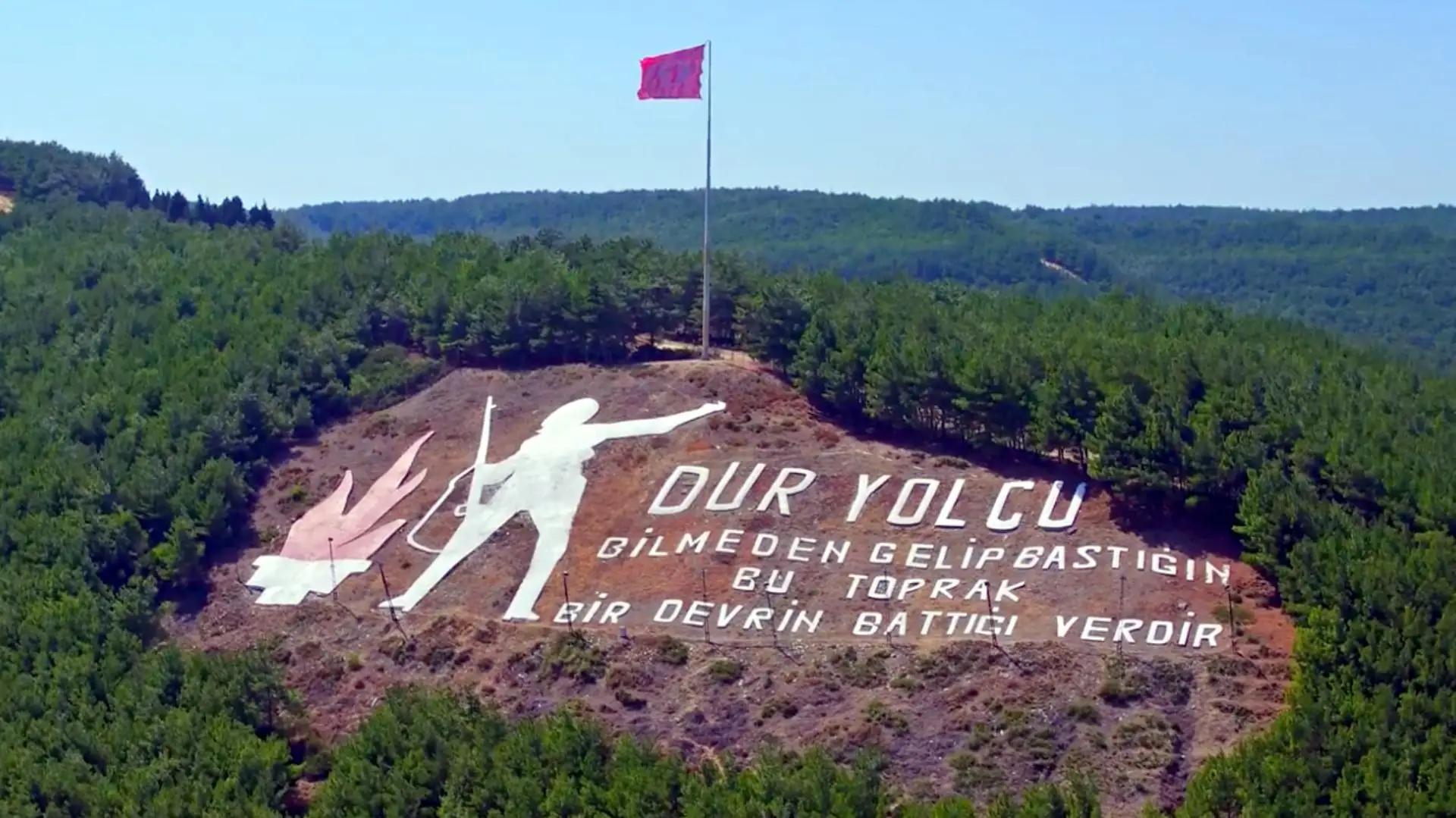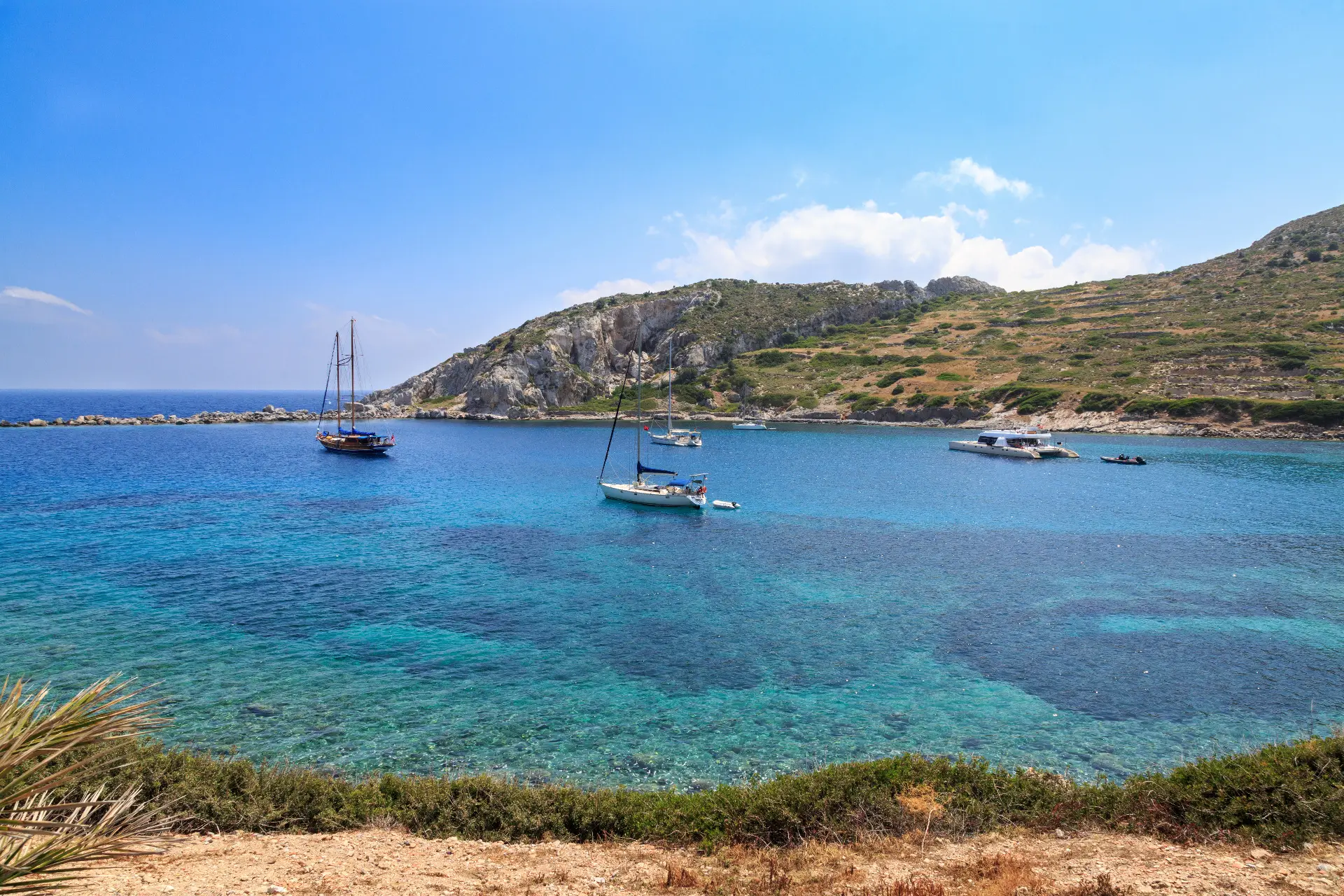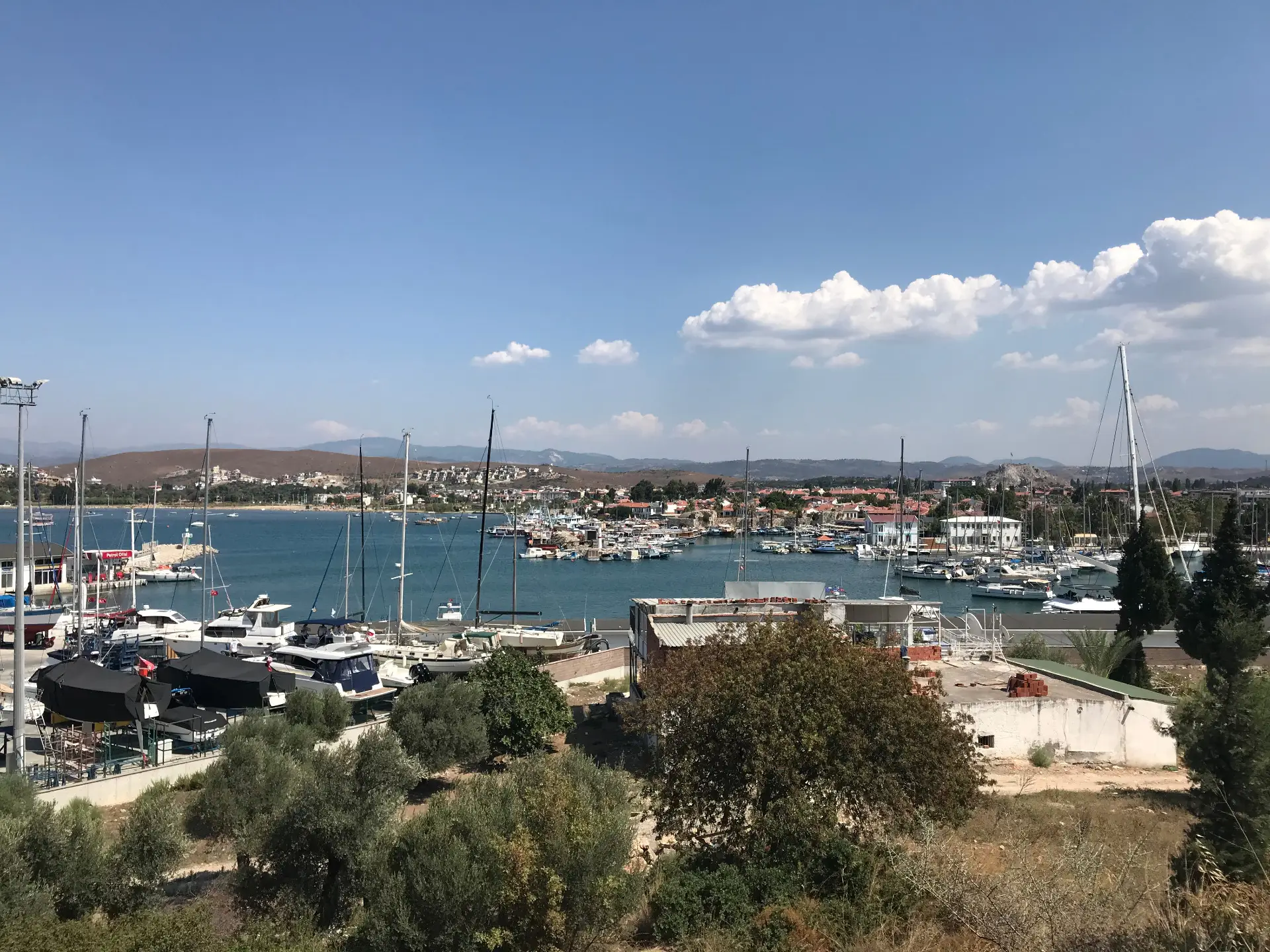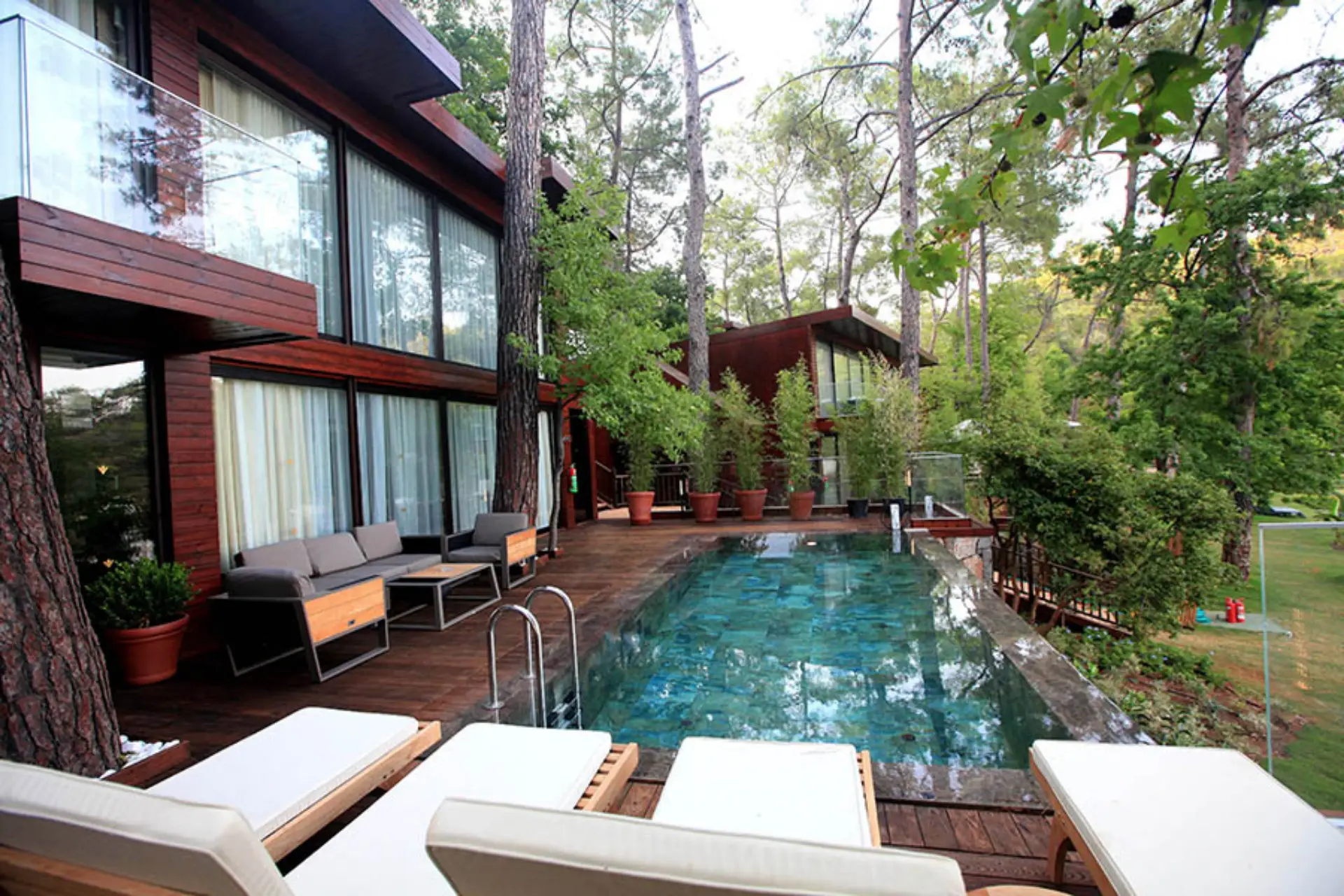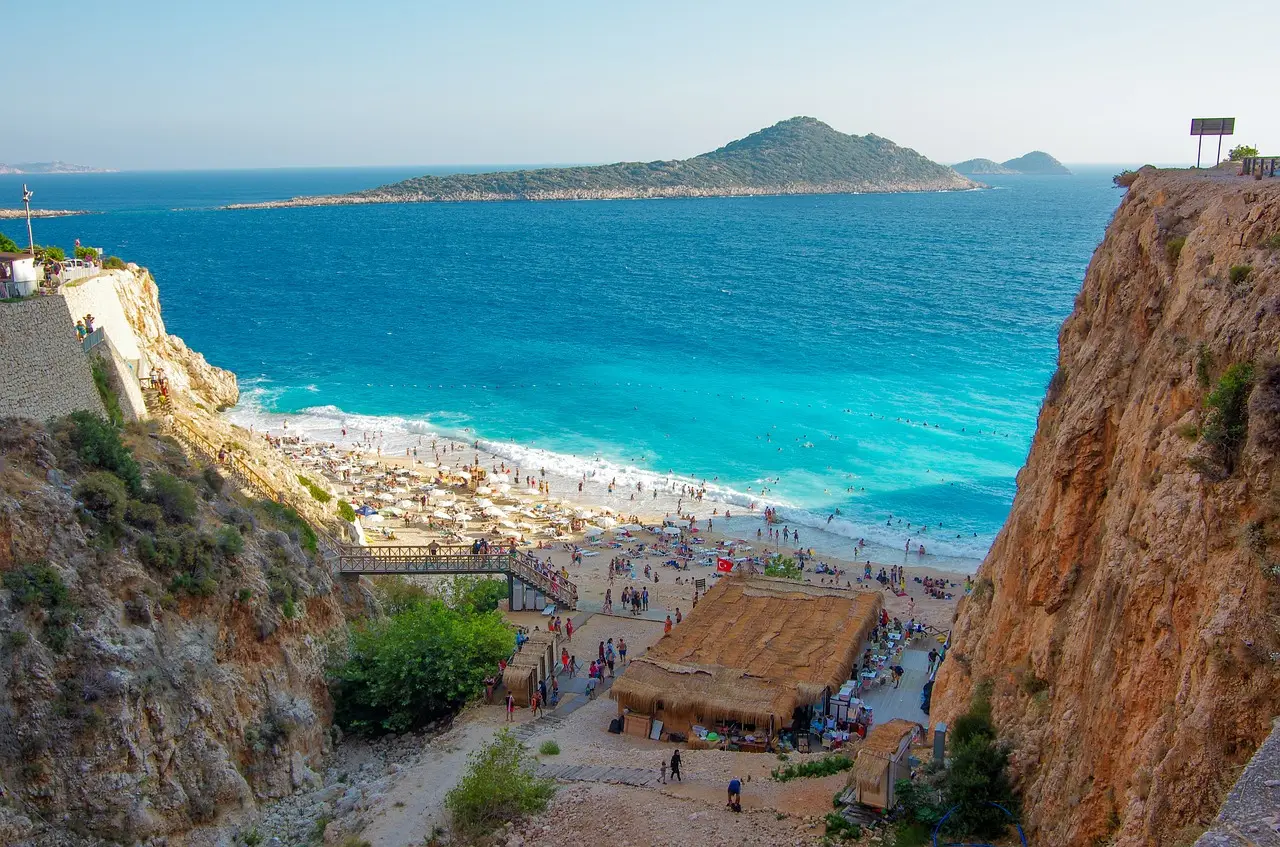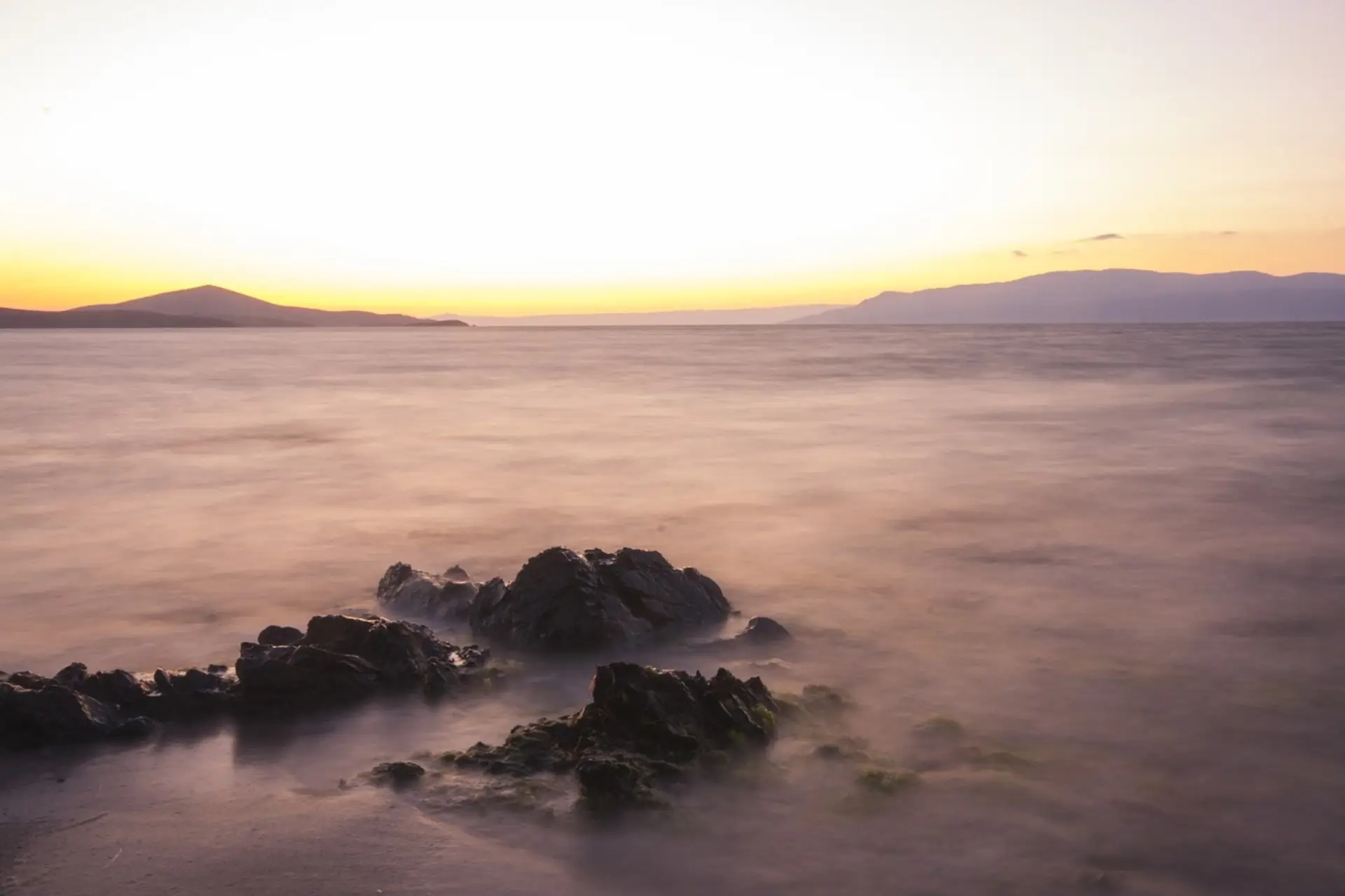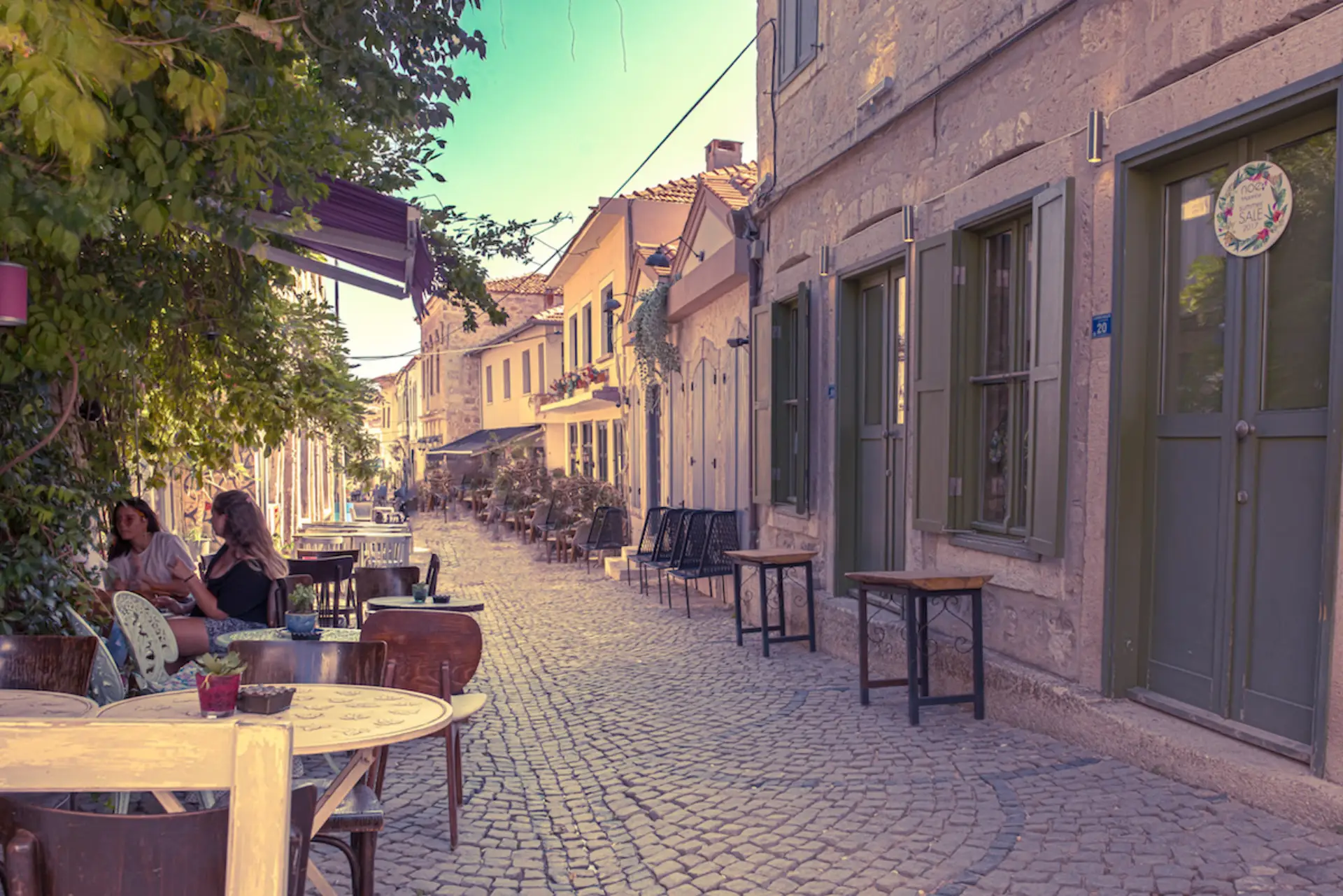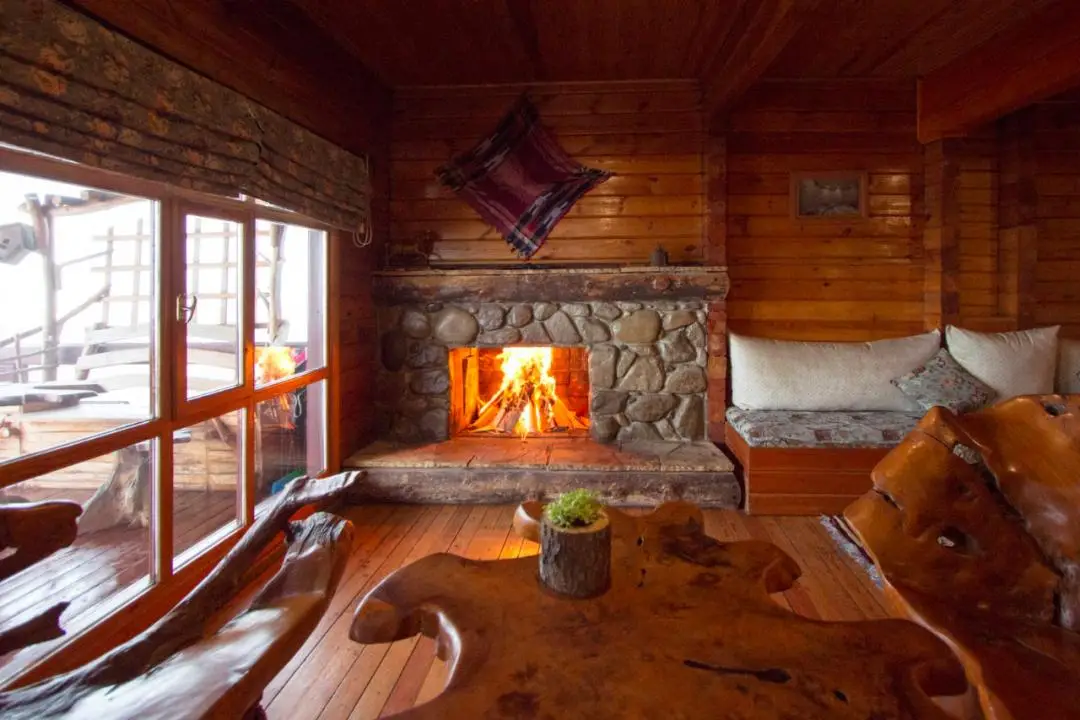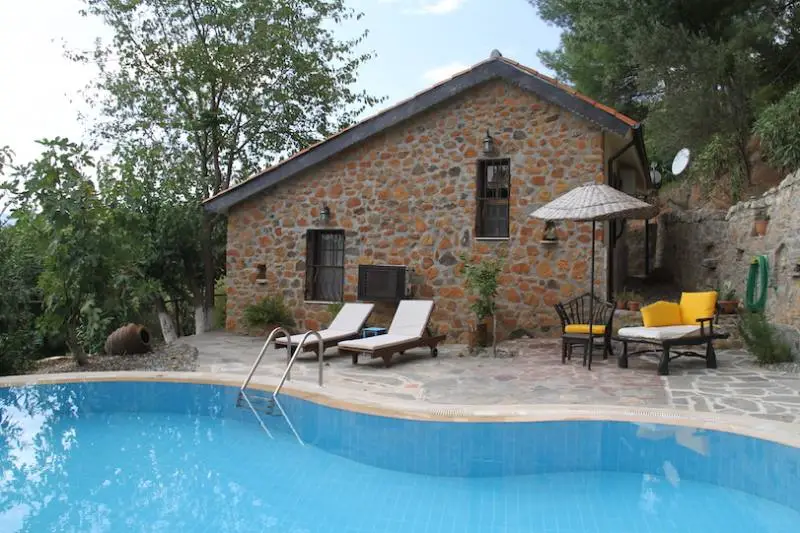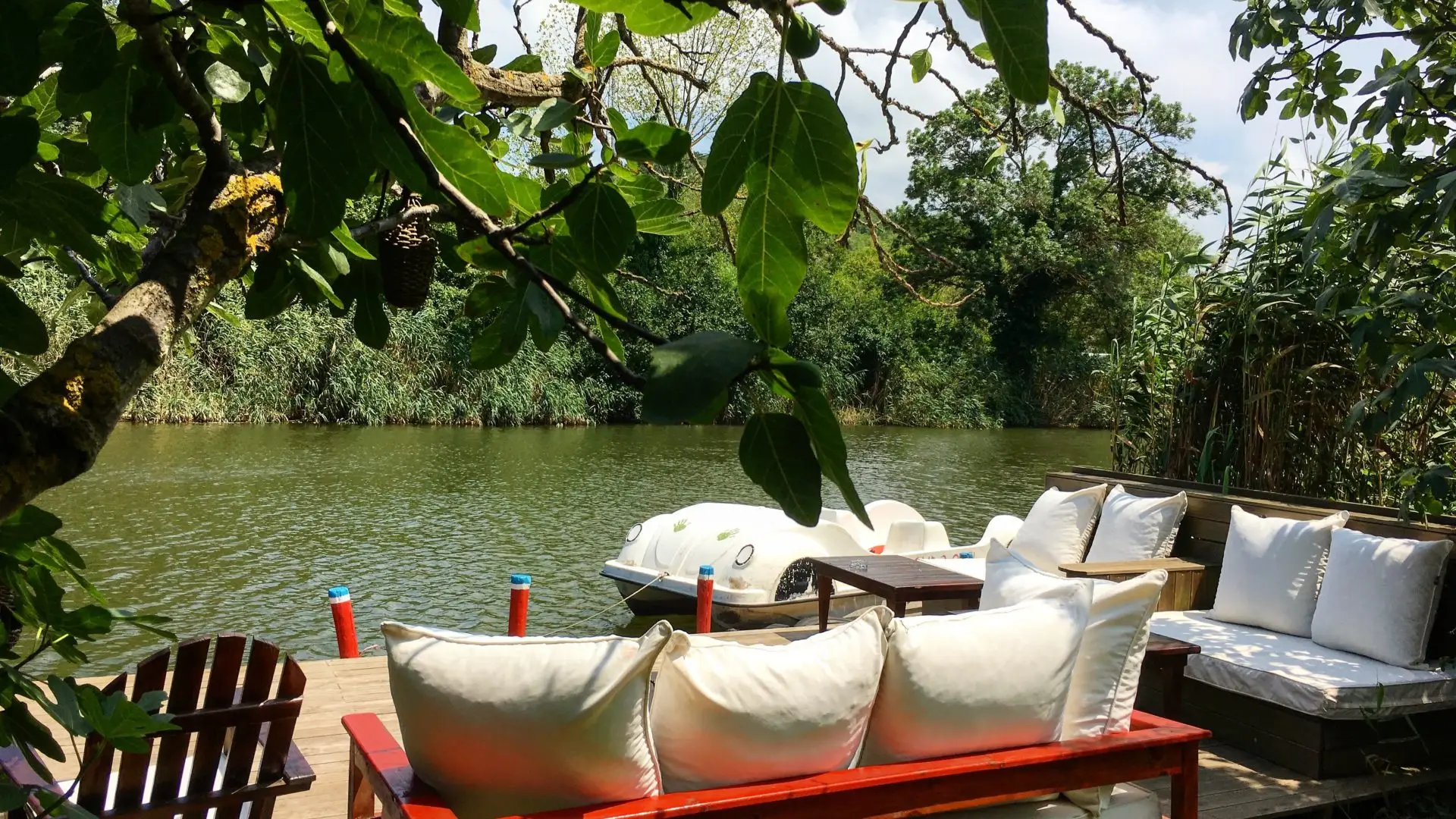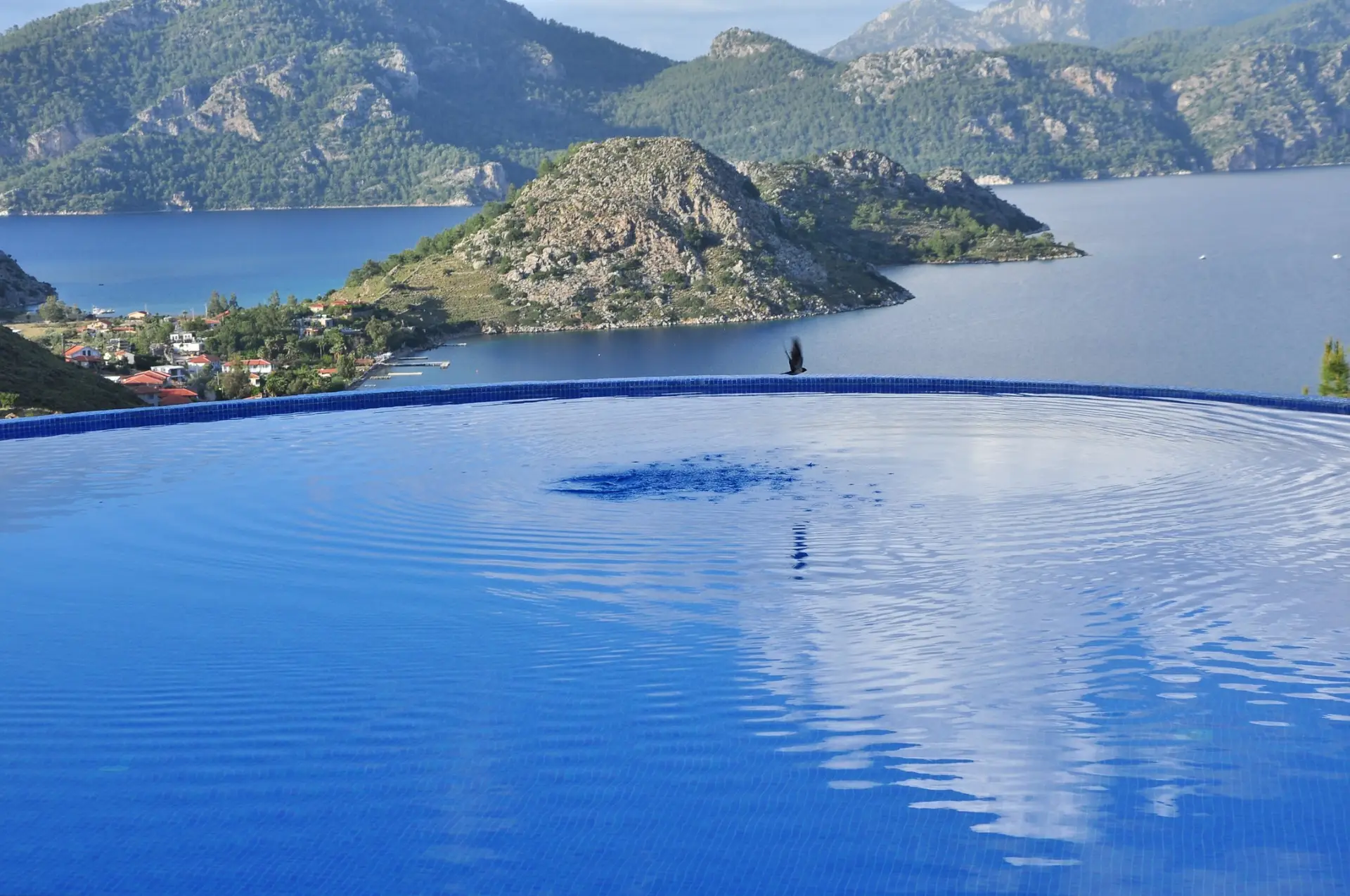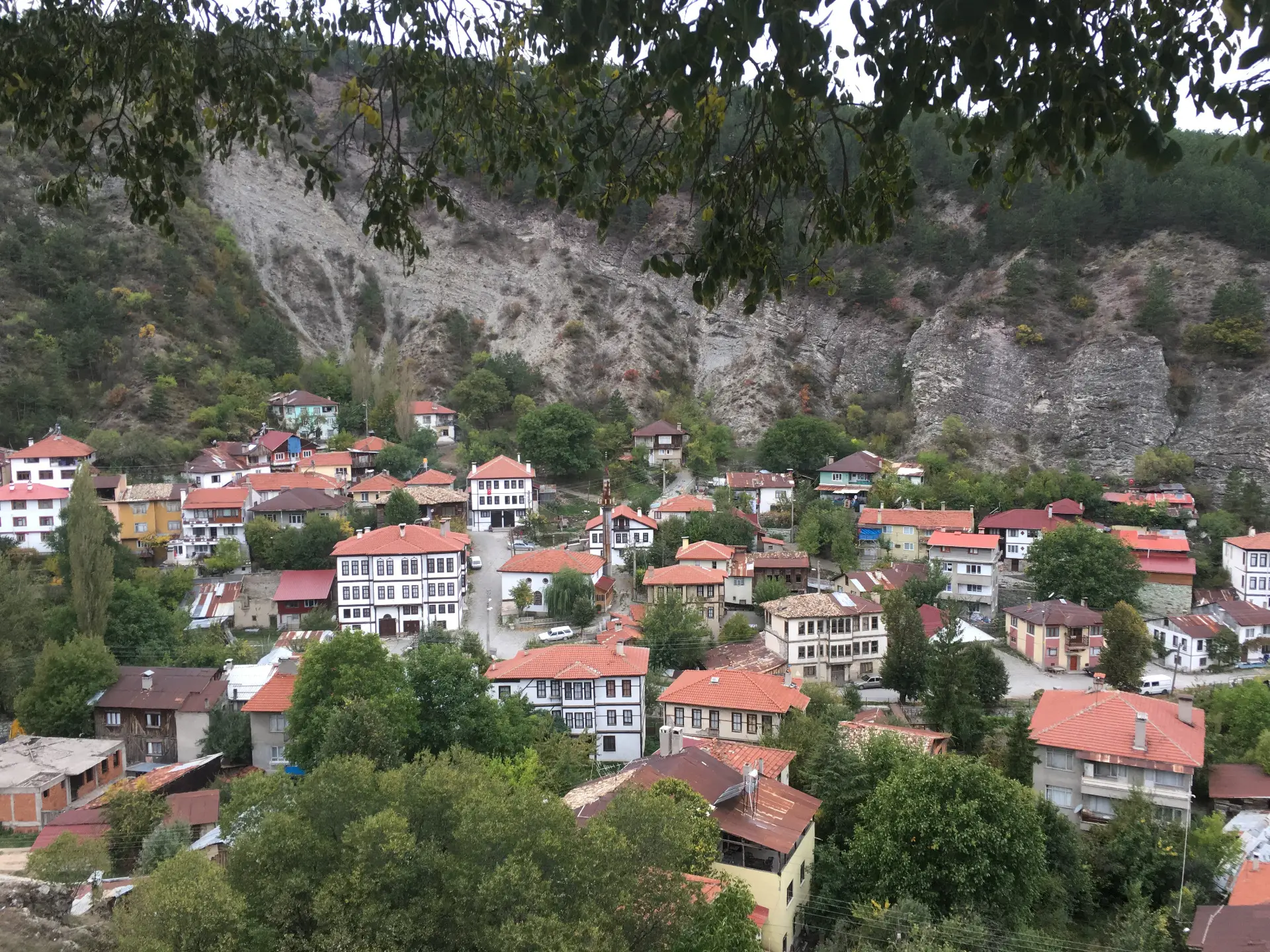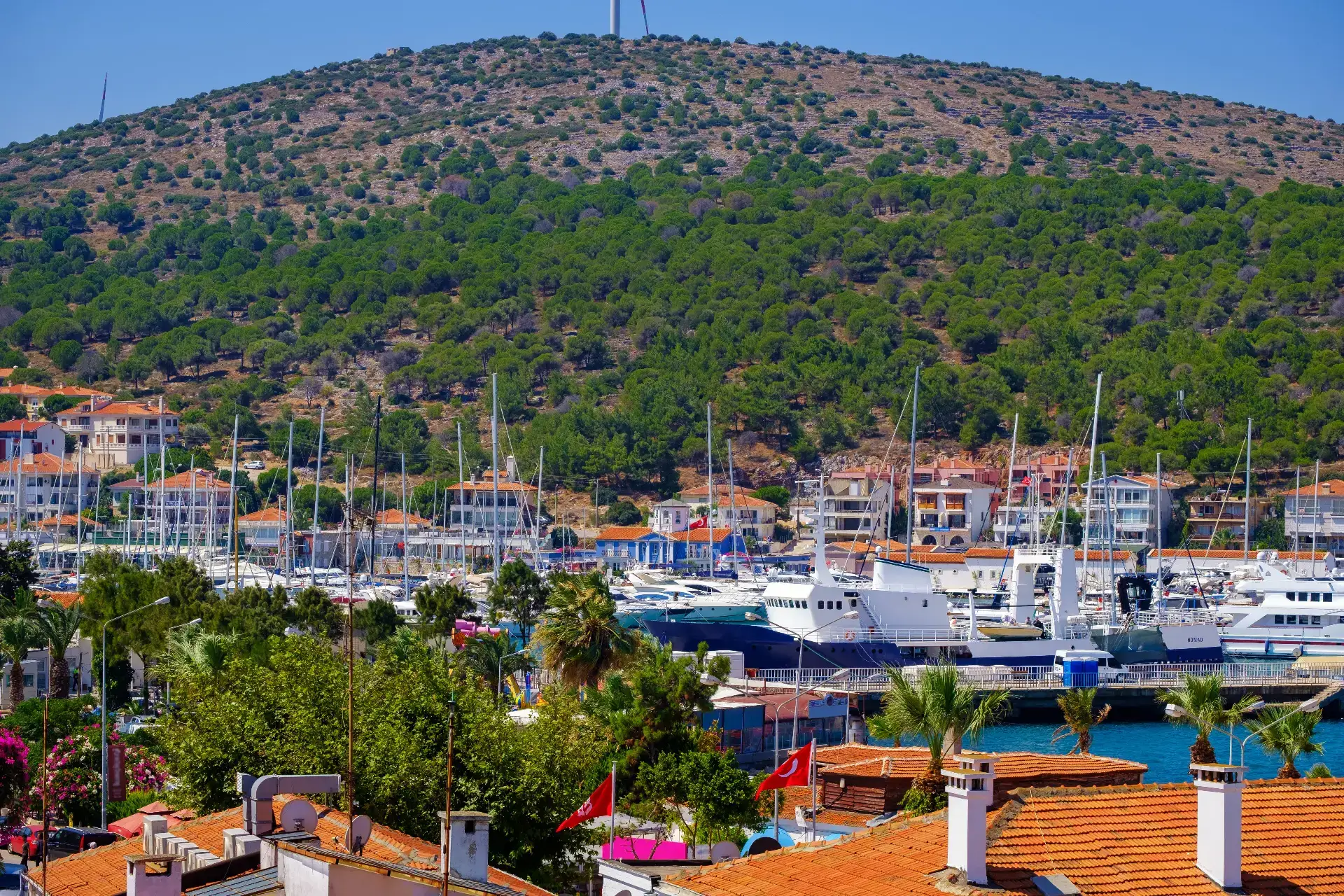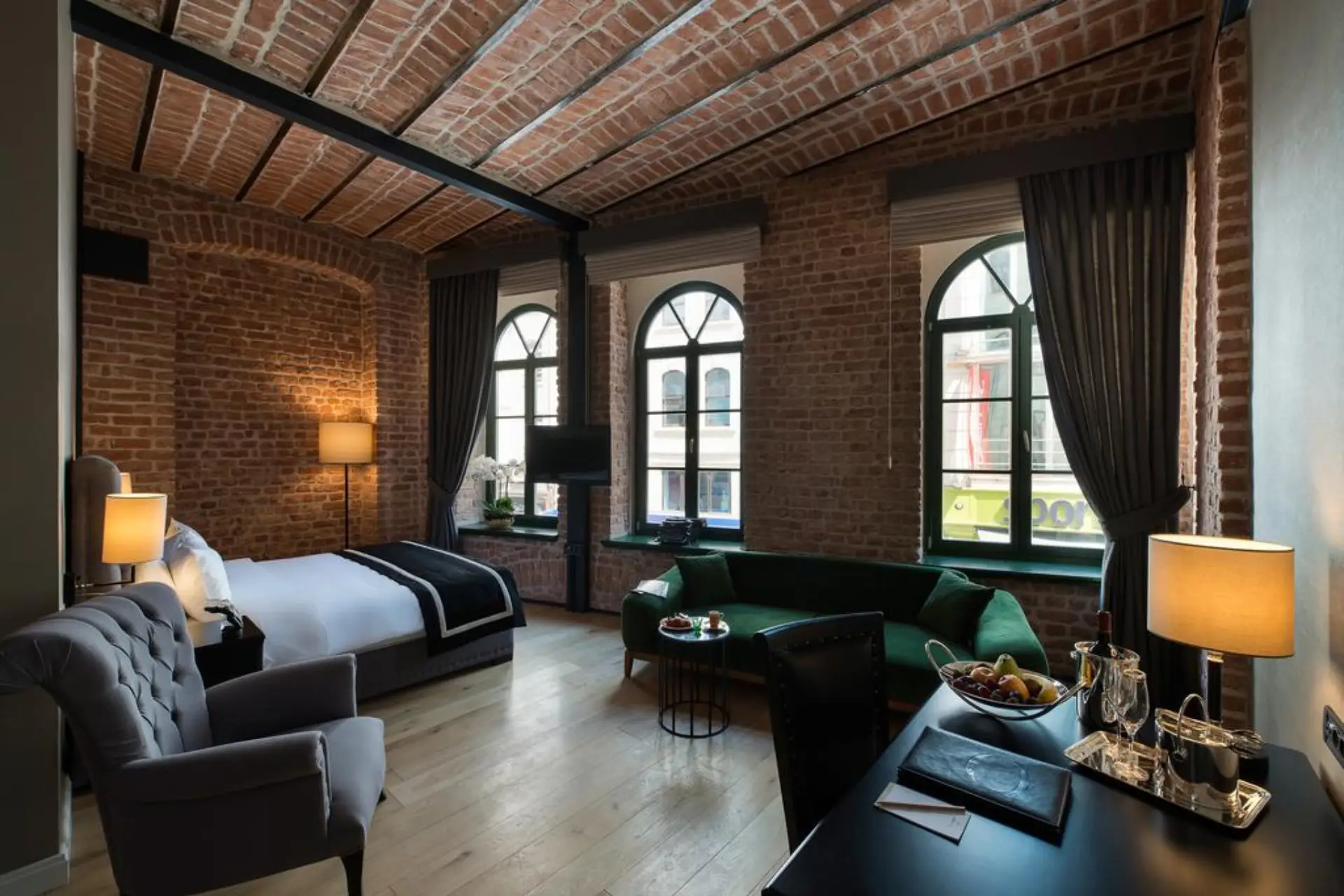Let's Get to Know Kastamonu in 4 Days
Kastamonu, known for the Clothing and Hat Revolution, is also recognized for its İnebolu town, where very few old mansions from the Ottoman era remain. Unlike the Kastamonu houses, İnebolu's architecture is more characterized by a mixture of Greek and Italian architecture. As the city center has been subjected to urbanization, we will focus more on exploring the surroundings of Kastamonu in this article.
In Kastamonu, which is the choice of vacationers with its snow-white cover in winter and lush green nature in summer, hotel operators strive to please their guests with friendly and quality services. While wandering around the bazaar, you should buy handicrafts made by local women and visit the old caravanserais and baths dating back to ancient times. You should allocate at least a day to explore Kastamonu, take plenty of photos with walks in the city and nature. In Kastamonu, where the most beautiful times are experienced in autumn and winter, if you decide to spend your vacation here, you will be surprised at how affordable the prices of Kastamonu boutique hotels are.
For Kastamonu Accommodation and Hotel Recommendations, visit https://kucukoteller.com.tr/kastamonu-otelleri
Shall we get to know the region a bit?
Located in Western Black Sea, Kastamonu is a unique Black Sea city with its history, lush nature, mansions, castle, caravanserais, and the deep blue sea. Kastamonu is one of the oldest cities in Anatolia. Therefore, it houses many artifacts dating back to the Ancient Ages and Turks. Moreover, it has managed to preserve most of these artifacts until today. Even as you enter the city, you are greeted by a Byzantine Tower dating back to the 12th century. With its clock tower, mosques, tombs, snowy mountains for winter sports enthusiasts, and the deep blue sea for those who prefer the sea and sun in summer, Kastamonu has everything you could want. Kastamonu's known history dates back to the Hittites. Within the city, there are ancient cities such as Pompeipolis (Taşköprü), Kytoron, Aigialos, and Abonou-ionopolis (İnebolu). After the Hittites, the city fell into the hands of the Persians, Phrygians, and Lydians, entering Roman rule from the 1st century BC and remaining under Roman rule for many years. After the Romans, the city remained under the rule of prominent states such as the Byzantines, Seljuks, and Ottomans. After coming under Turkish rule, Kastamonu has never been occupied by enemies. Due to being a safe region, most of the weapons and ammunition went from here to Ankara during the War of Independence. Kastamonu is also the province that has given the most martyrs in the Çanakkale Front. In fact, the song "Çanakkale Türküsü" (Ballad of Çanakkale) belongs to a lover from Kastamonu. One of the most important places in our history is that Atatürk made the Hat Revolution in Kastamonu in 1925. Kastamonu has a typical Black Sea climate. It is one of the richest regions of our country in terms of forested areas. Although the areas are limited, they generally have soils suitable for agriculture. The livelihood of the people is agriculture, animal husbandry, forestry, and tourism. Kastamonu is a city that can be visited for vacation purposes both in summer and winter. Moreover, being located in the west of the Black Sea, it is quite close to metropolitan cities. We can even say it's ideal for weekend getaways. Kastamonu hotels are generally located in the city center or in neighboring towns close to the center. They are open for service all year round and offer bed and breakfast. Whether for cultural and touristic trips or business meetings, you can use the hotels in the city center for private invitations and events.
Places to Visit in Kastamonu?
- Kastamonu, a city with a long history, offers many ancient sites and historical remnants to explore. Upon entering the city, you will be greeted by Kastamonu Castle, dating back to the Byzantine era of the 12th century. The castle was restored in 2005 and offers panoramic views of the entire city.
- You can visit Zımbıllı Tepe Höyüğü (Pompeipolis), an ancient city established by the Romans in 64 BC near the town of Taşköprü. Archaeological excavations have revealed numerous artifacts and mosaics.
- Explore the many mosques dating back to the Seljuk, beylik, or Ottoman periods. Some notable mosques include Atabey Mosque, Mahmut Bey Mosque, İbni Neccar Mosque, Nasrullah Mosque, and İsmail Bey Complex.
- The city is home to several historic caravanserais (inns). You can visit places like İsmail Bey, Deve, Urgan, and Gökçeağaç Han. Don't miss the Kastamonu Archaeology and Ethnography Museums.
- Explore the historic Kastamonu houses in neighborhoods like Taşköprü, İnebolu, and Abana, and capture plenty of photos as you immerse yourself in history.
- Kastamonu is home to several protected areas and national parks, including Ilgaz and Küre Mountains National Park and Kastamonu Nature Monuments.
- Known for its Black Sea plateaus, Kastamonu has numerous plateaus to explore. You can visit them to enjoy the fresh air and natural beauty. Additionally, explore caves located in Pınarbaşı and Küre districts.
- Take a trip to Gideros Cove, a heavenly corner with its long coastline and natural beauty, where you'll feel refreshed spending time by the sea.
- Visit Horma Canyon, which features deep lakes, waterfalls, and a natural lake at its exit. You'll be enchanted by its beauty.
- Ilıca Waterfall: It took about 2 hours to reach Ilıca Waterfall from Kastamonu Center via village roads, but the beautiful natural scenery makes it worth it. Note: Some parts of the road are more suitable for off-road vehicles.
- Valla Canyon: With a length of 12 kilometers and a depth of up to 1.1 kilometers, Valla Canyon in Kastamonu is considered one of the deepest and most difficult canyons to pass without a guide.
- Malyas Waterfall: A place where you can swim inside.
What to Do in Kastamonu?
Kastamonu, with its mountains, sea, nature, and history, offers so much to do that even a week-long vacation may not be enough. If you visit during the summer, you can spend time at Kastamonu's magnificent and long beaches and swim in the sea. If you're traveling in winter, you can go skiing in mountains like Ilgaz and Küre. Kastamonu is wonderful in every season. Ilgaz Mountain is a great place for birdwatching enthusiasts. You can go birdwatching, hike in the plateaus, or have a picnic, enjoying the fresh air. You can visit Küre and Ilgaz Mountains National Park and Kastamonu Nature Monuments. Explore the caves located in the districts. You can see Horma Canyon, which has a beautiful structure resembling Ölüdeniz with its deep valleys, natural lakes. You can go on a horseback nature tour at the horse farm in Daday. You can explore Kastamonu and its history and nature by bike or on foot. You can see the historic mosques, inns, and complexes located in the center of Kastamonu. You can walk around the market, shop, and take plenty of photos in the center. If you're in Kastamonu at the right time, you can participate in the Hat and Clothing Revolution Events from August 23 to 31 or the "Şeyh Şaban-ı Veli and Kastamonu Saints Commemoration Week" events held in the first week of May, or fairs held in districts.
What to Eat in Kastamonu?
Kastamonu has hosted many civilizations and has developed its own rich culture over the years. Kastamonu cuisine offers a wide variety of delicious dishes. First and foremost, the highest quality and most delicious garlic in the country are grown in Kastamonu. The richness of Kastamonu cuisine comes from the blessings of nature. Delicious herbs, spices, and meat dishes are prominent in Kastamonu.
Kastamonu's local dishes include mancar dish, meat bread, sour rice, tarhana soup, fenugreek, tirit, cırık dessert, anakız soup, caba casserole, banduma, stuffed leek, keskek soup, halukça, kaygana, ecevit soup, corn muffin, spoon halva, pull halva, flour halva with molasses, hasüde, which are interesting both in name and taste. You can have the opportunity to taste many of them on your trip to Kastamonu.
Try Tirit and Banduma, two local flavors of Kastamonu, at Münire Sultan Sofrası. It is worth mentioning that the place is very shabby. You should also definitely eat döner at Naila.
Another suggestion is to have lunch or dinner at Uğurlu Konakları. They are both comfortable and serve local flavors perfectly.
What to Buy in Kastamonu?
Kastamonu, which has an old culture and history, has many options for shopping.
Be sure to buy pastrami and sausage from Tabakoğlu.
You can buy many souvenirs, ornaments, jewelry and special ceramic figures for your loved ones and yourself in many stores and shops in the bazaar and tourist attractions.
You can buy local weavings from Kastamonu. You can buy souvenirs such as sheet ties, laces, towels and tablecloths decorated with printing technique, wood carvings, items such as newspaper holders, candy boxes, bread baskets made of willow wood, rosaries made of various trees, boxwood cutlery, Tosya pocket knives.
You can find many local goods in the place known as İplikçiler Bazaar. In addition to fresh fruits and vegetables in the neighborhood markets, you can buy winter goods such as tarhana, tomato paste, noodles, jam.
For Kastamonu Accommodation and Hotel Recommendations https://www.boutiquesmallhotels.com/kastamonu-hotels


